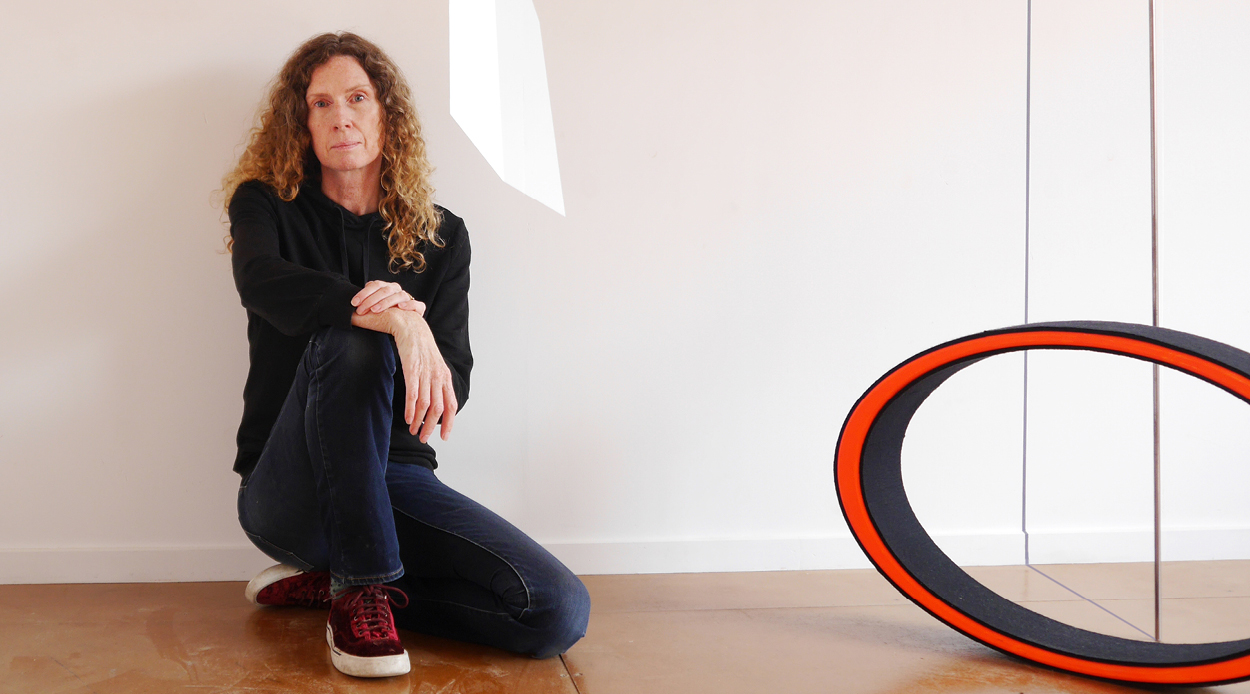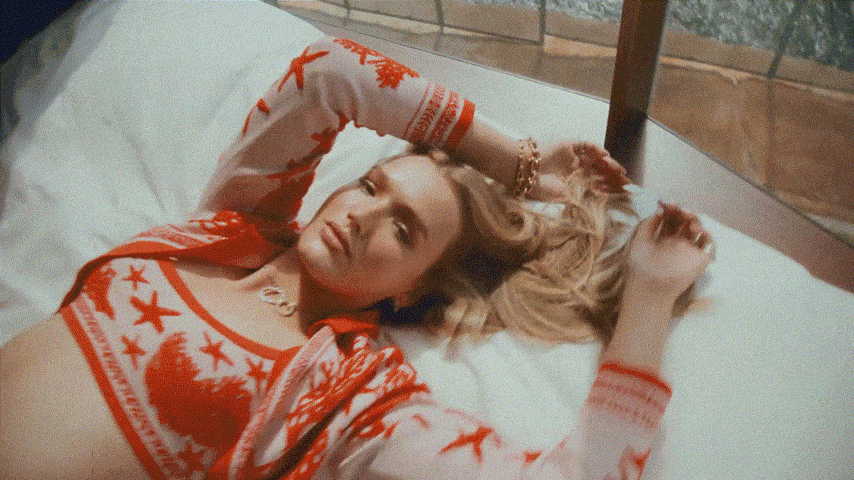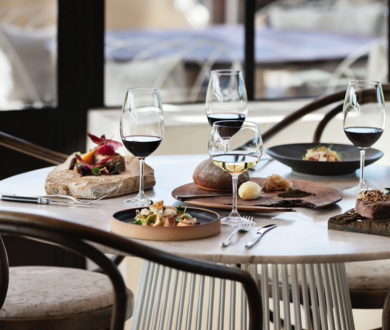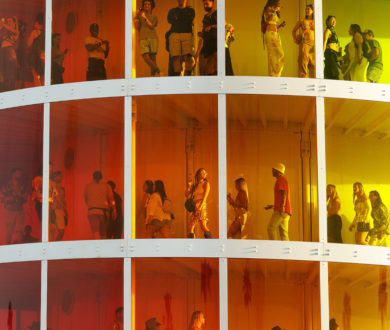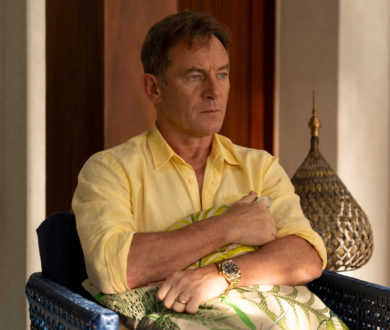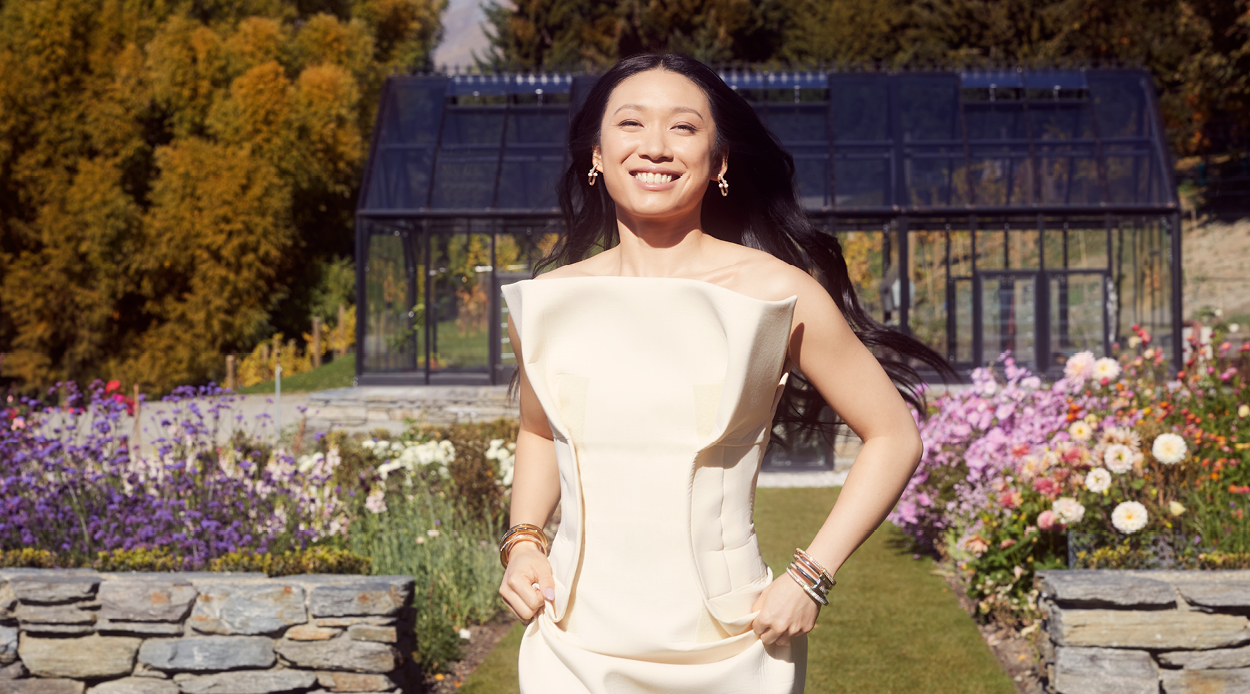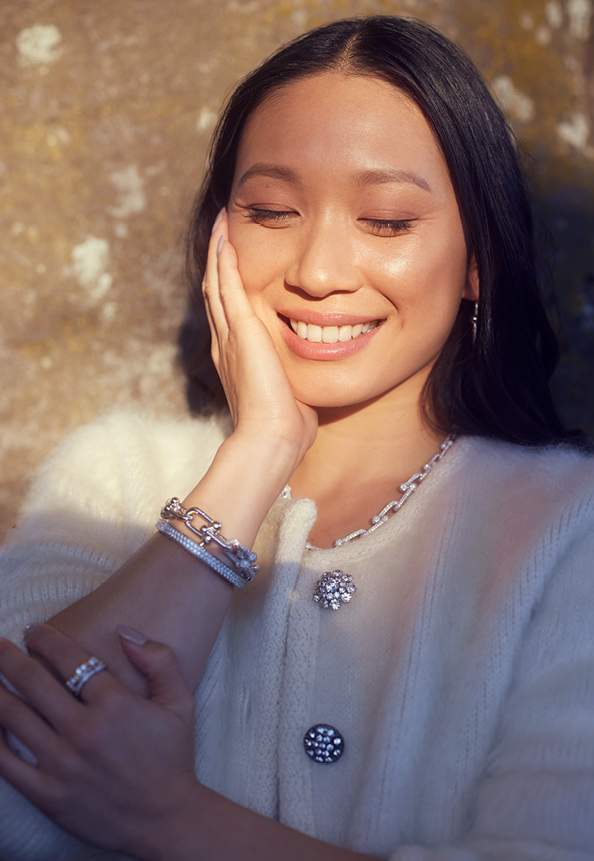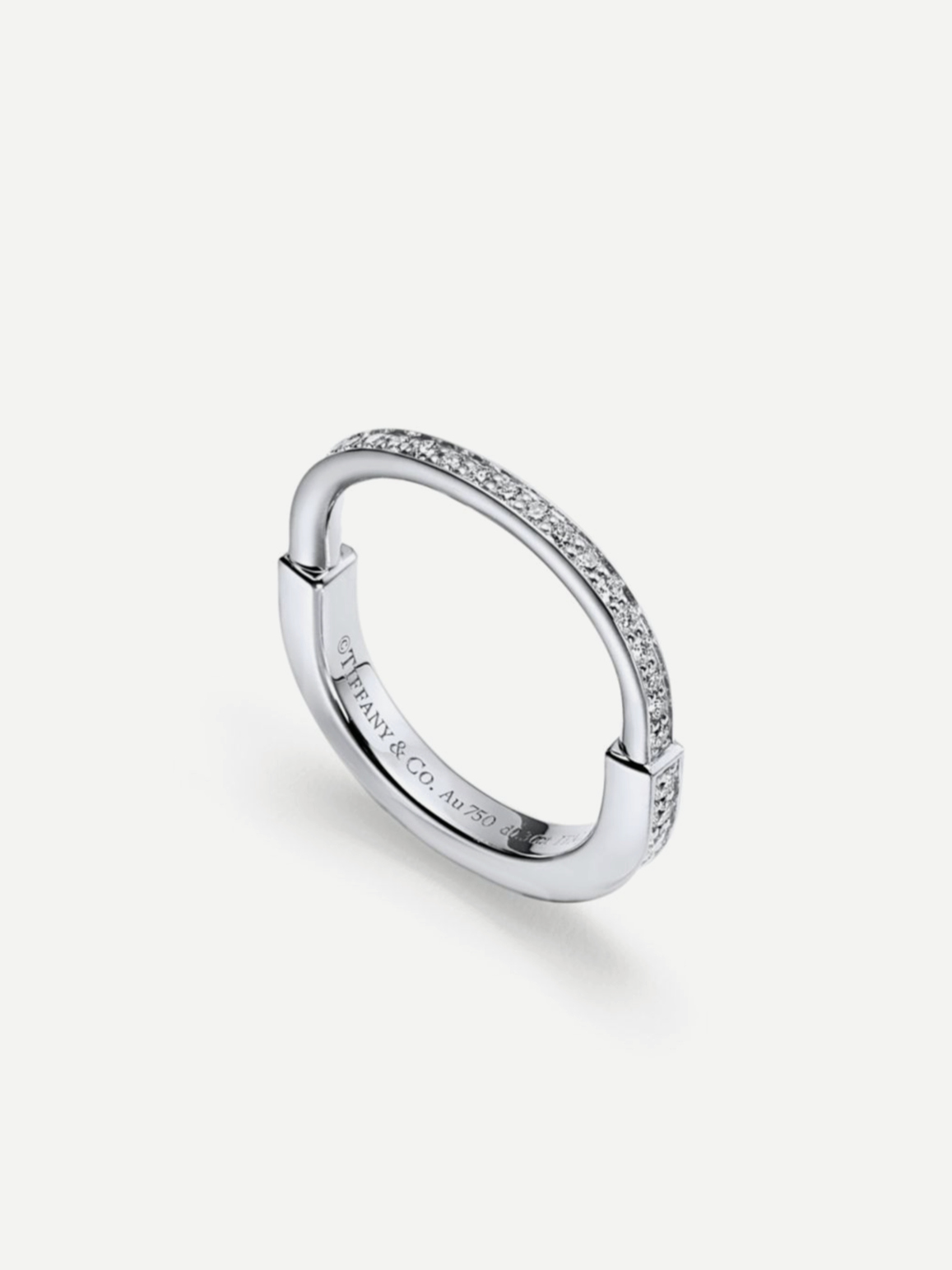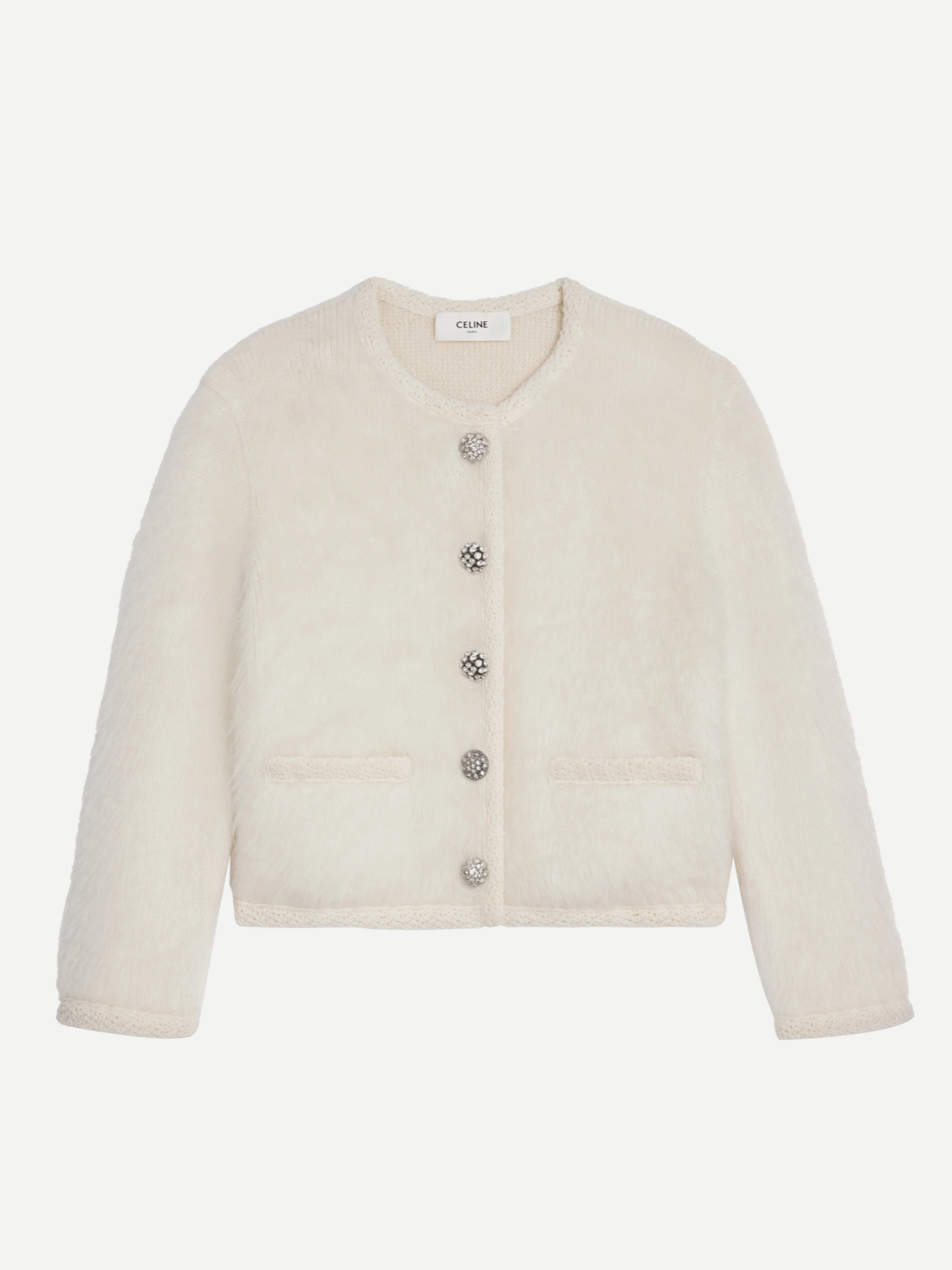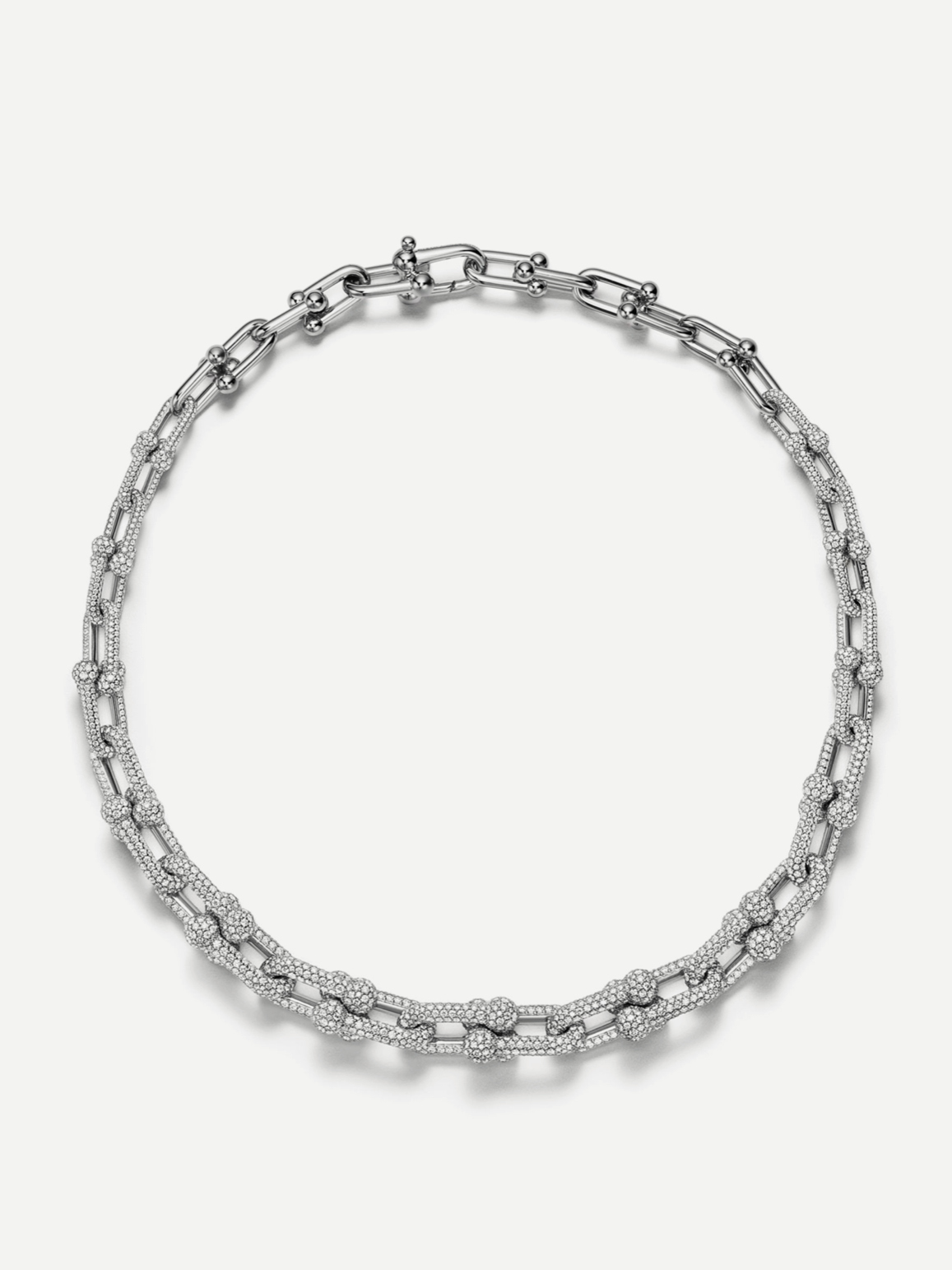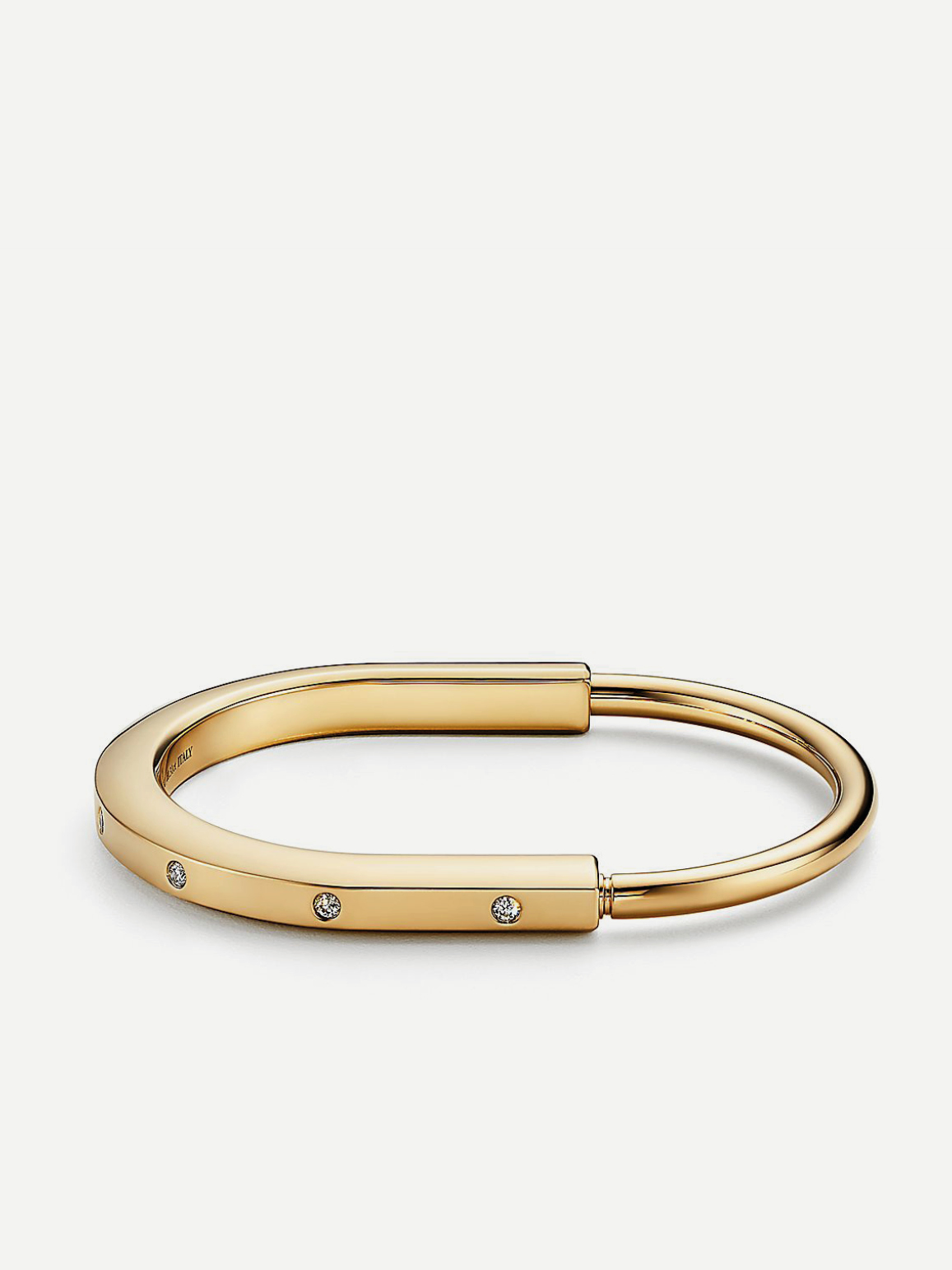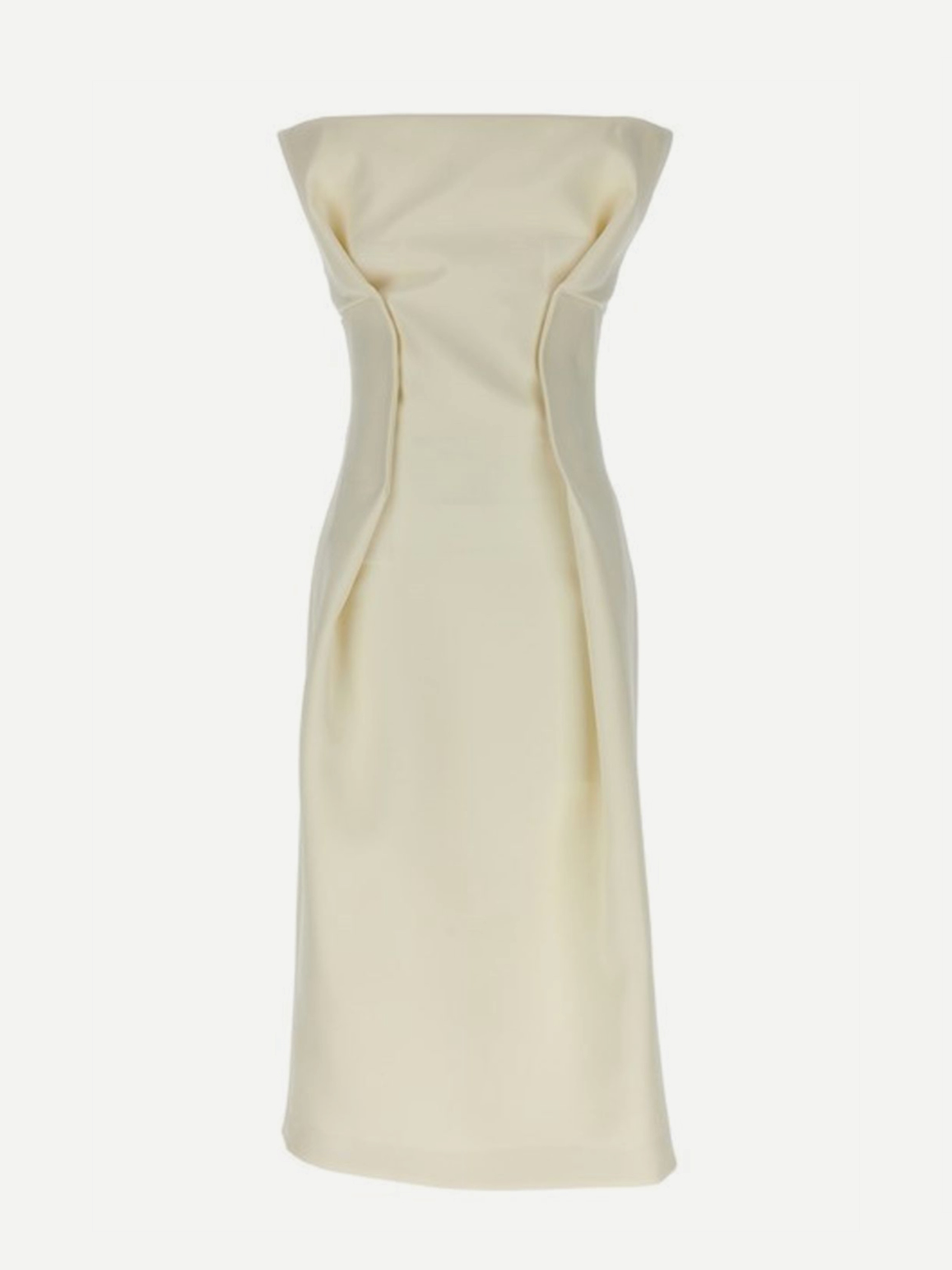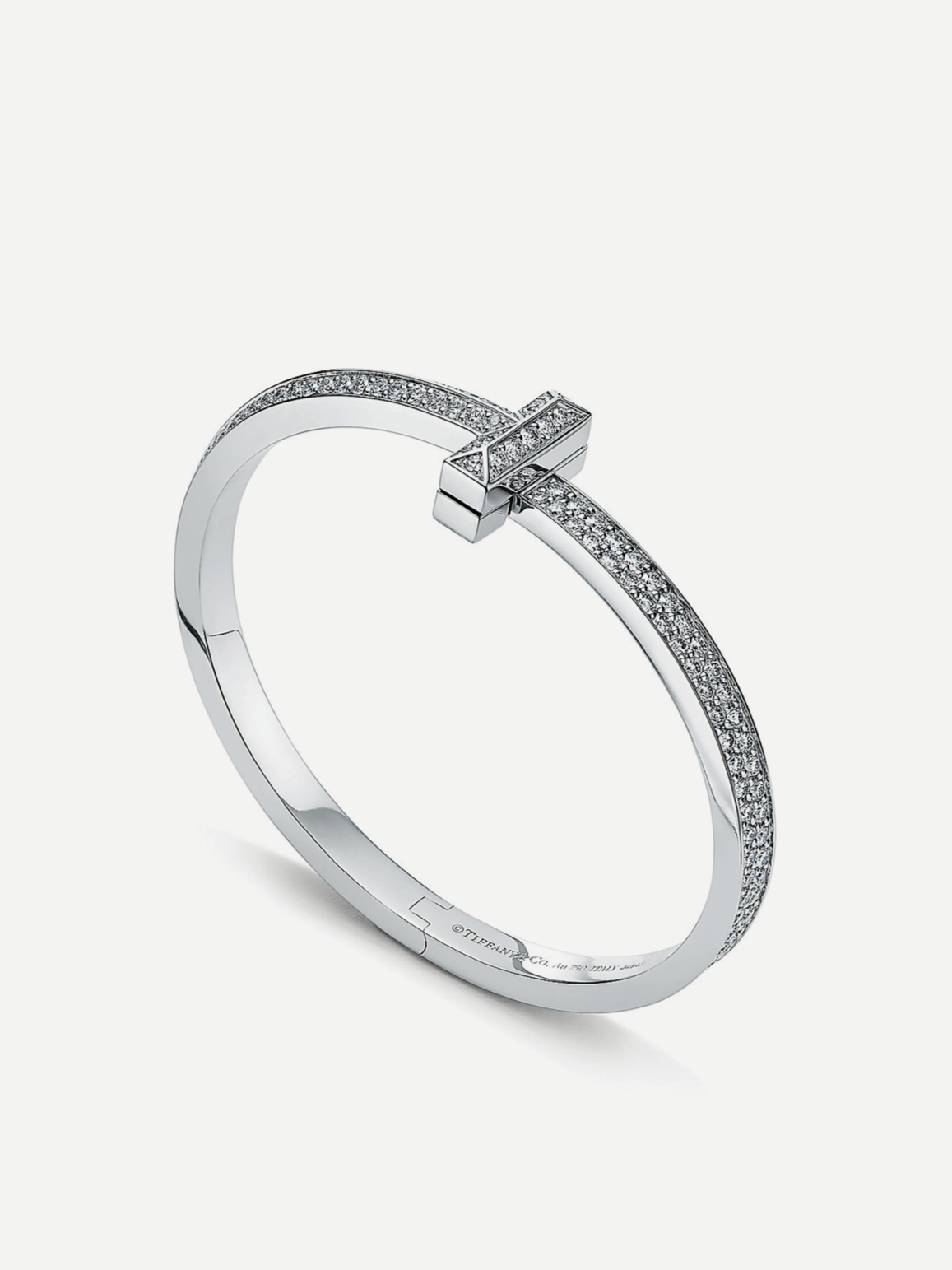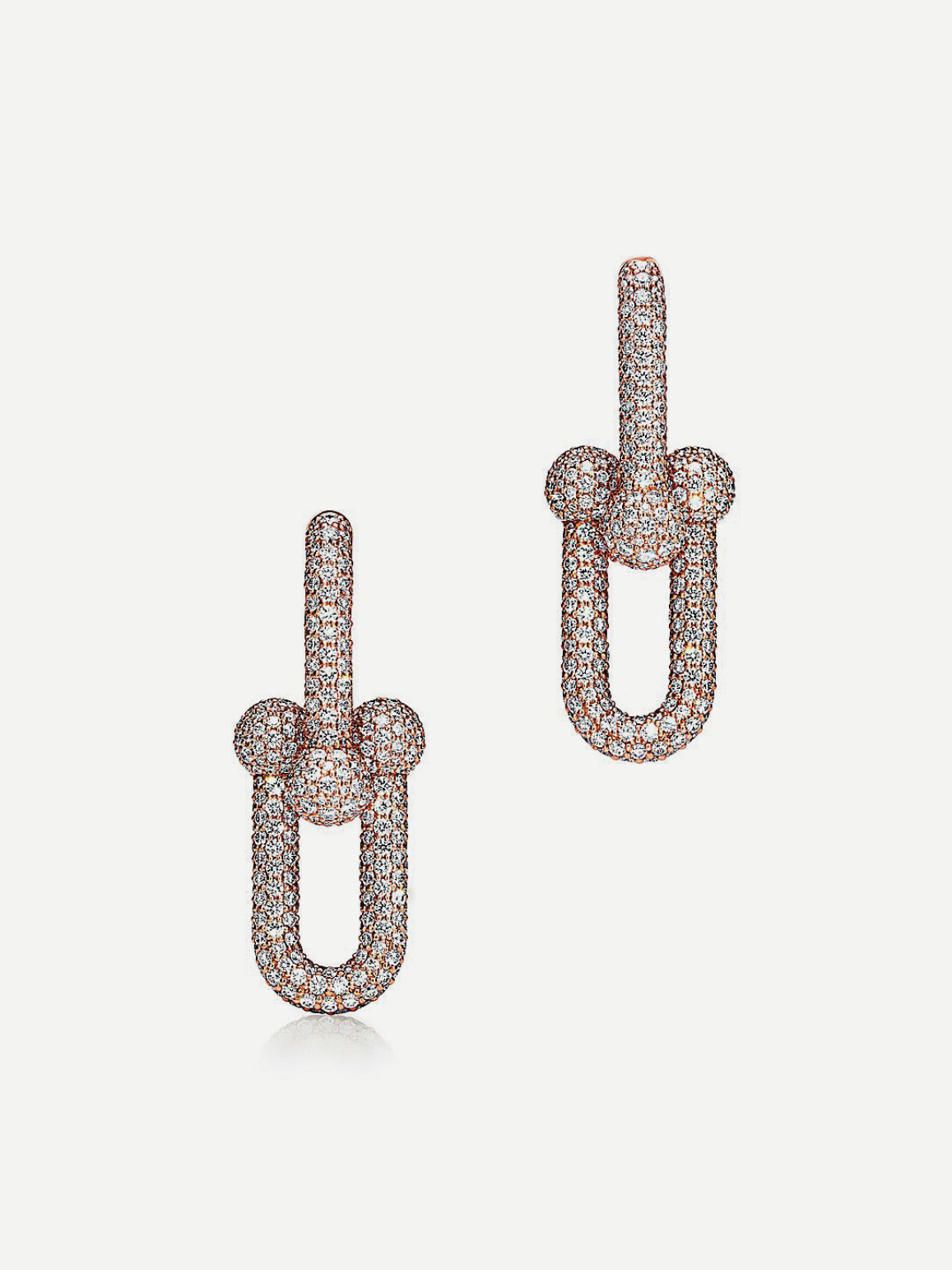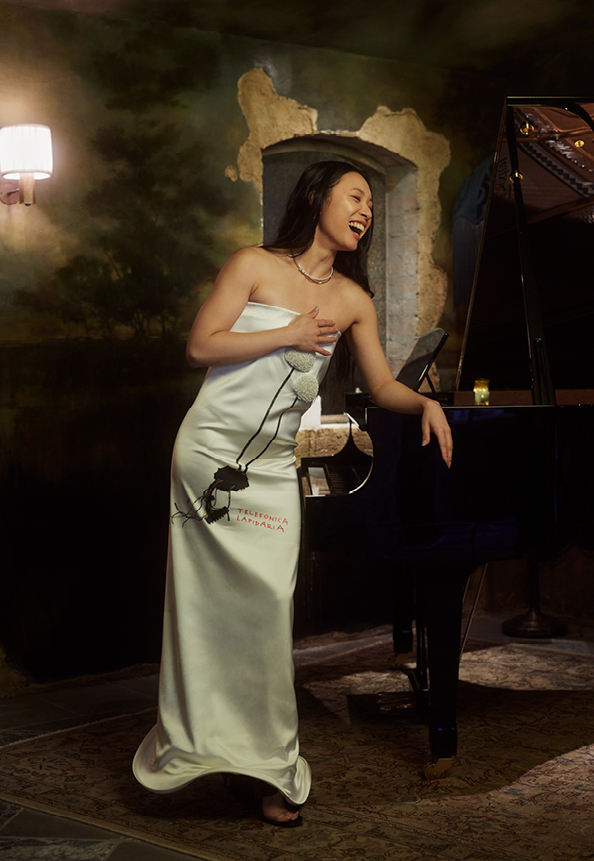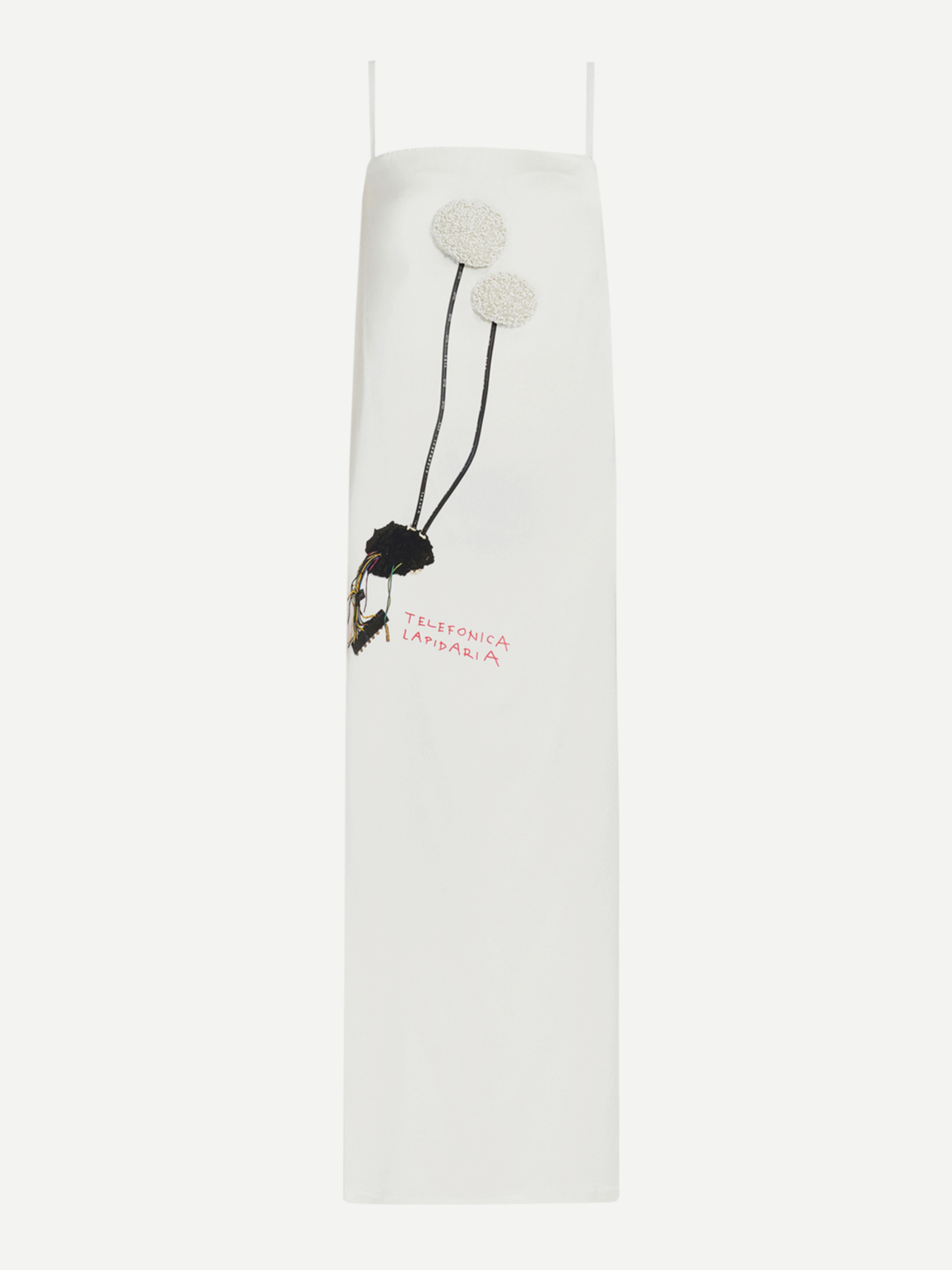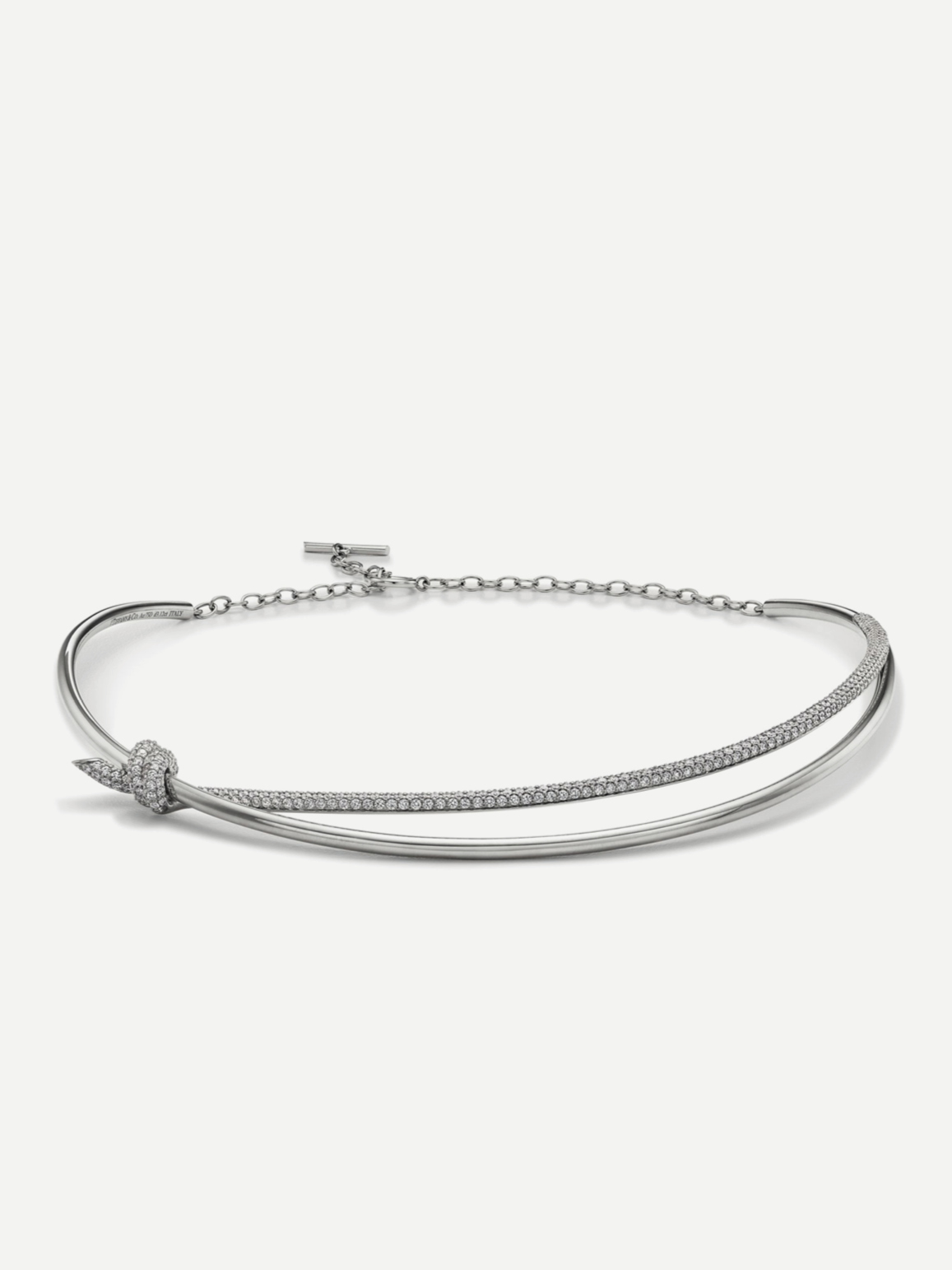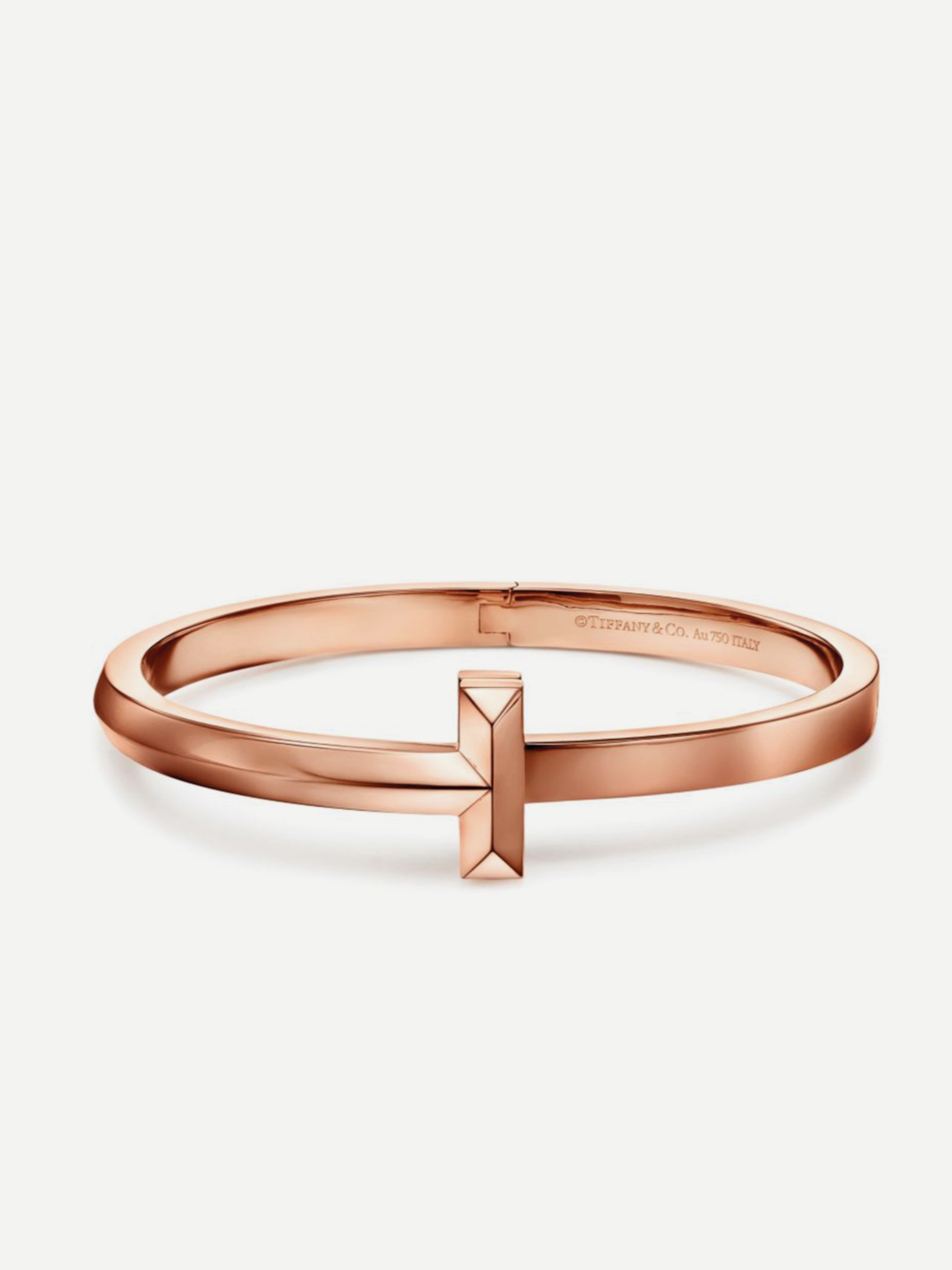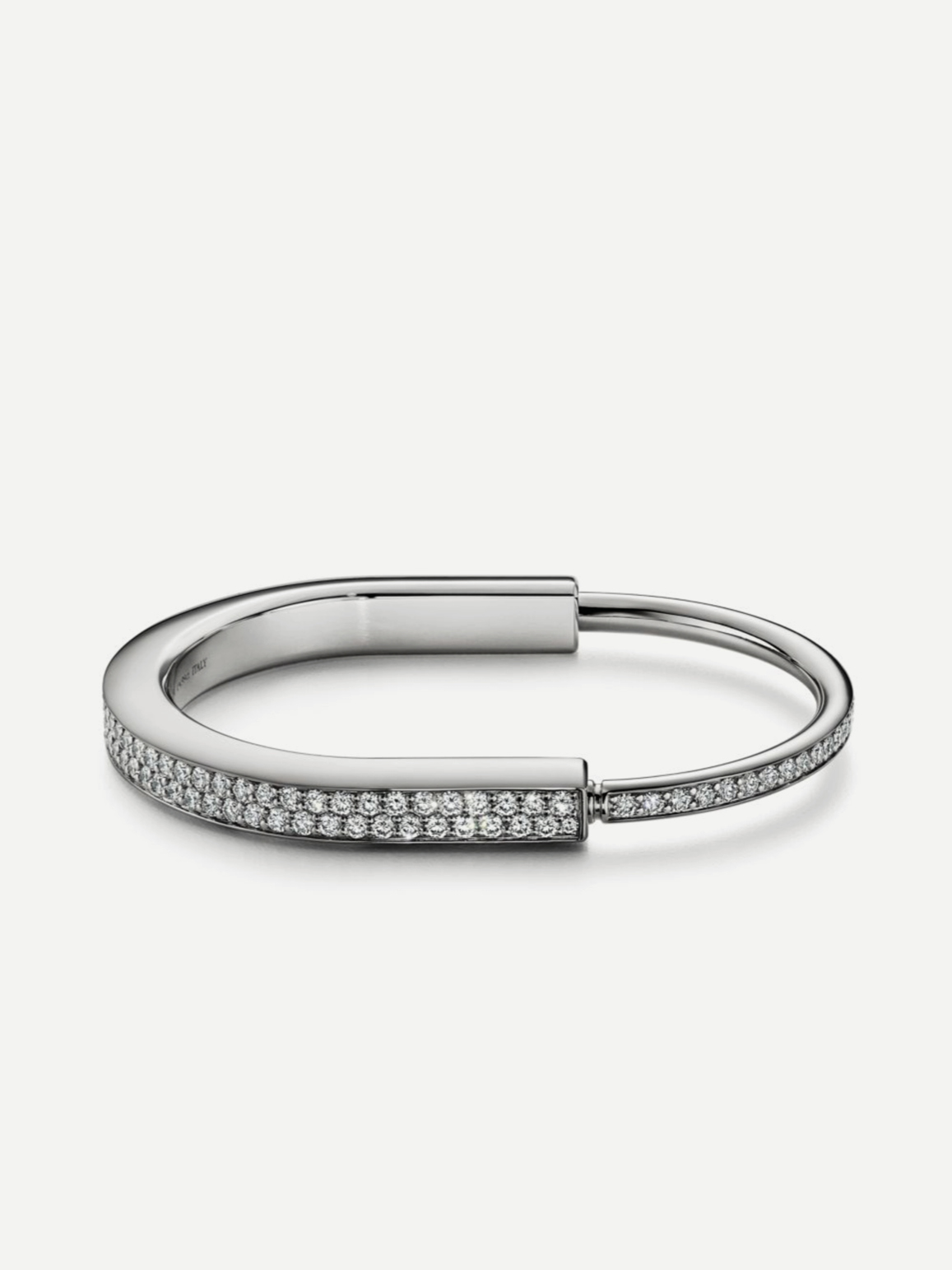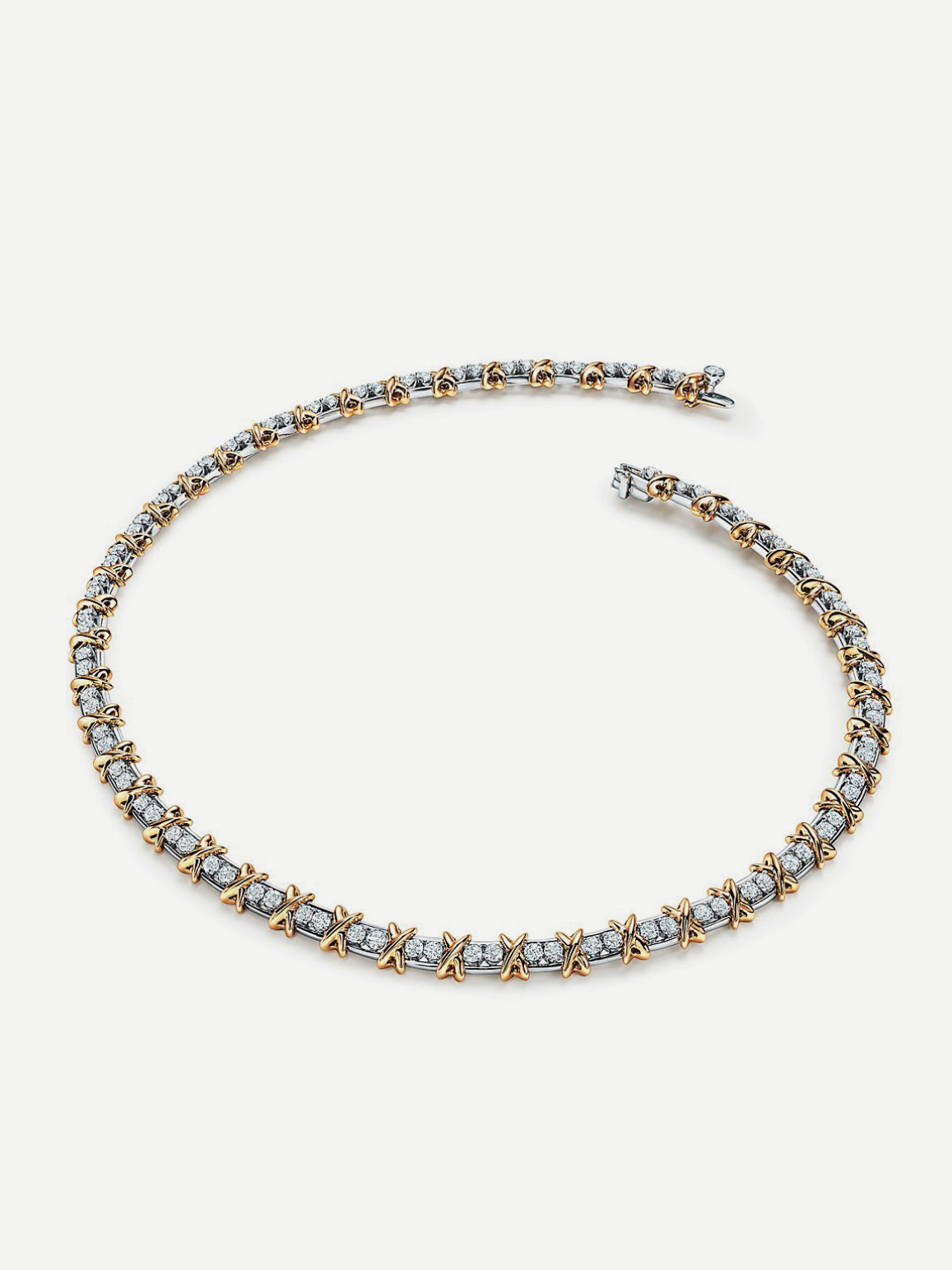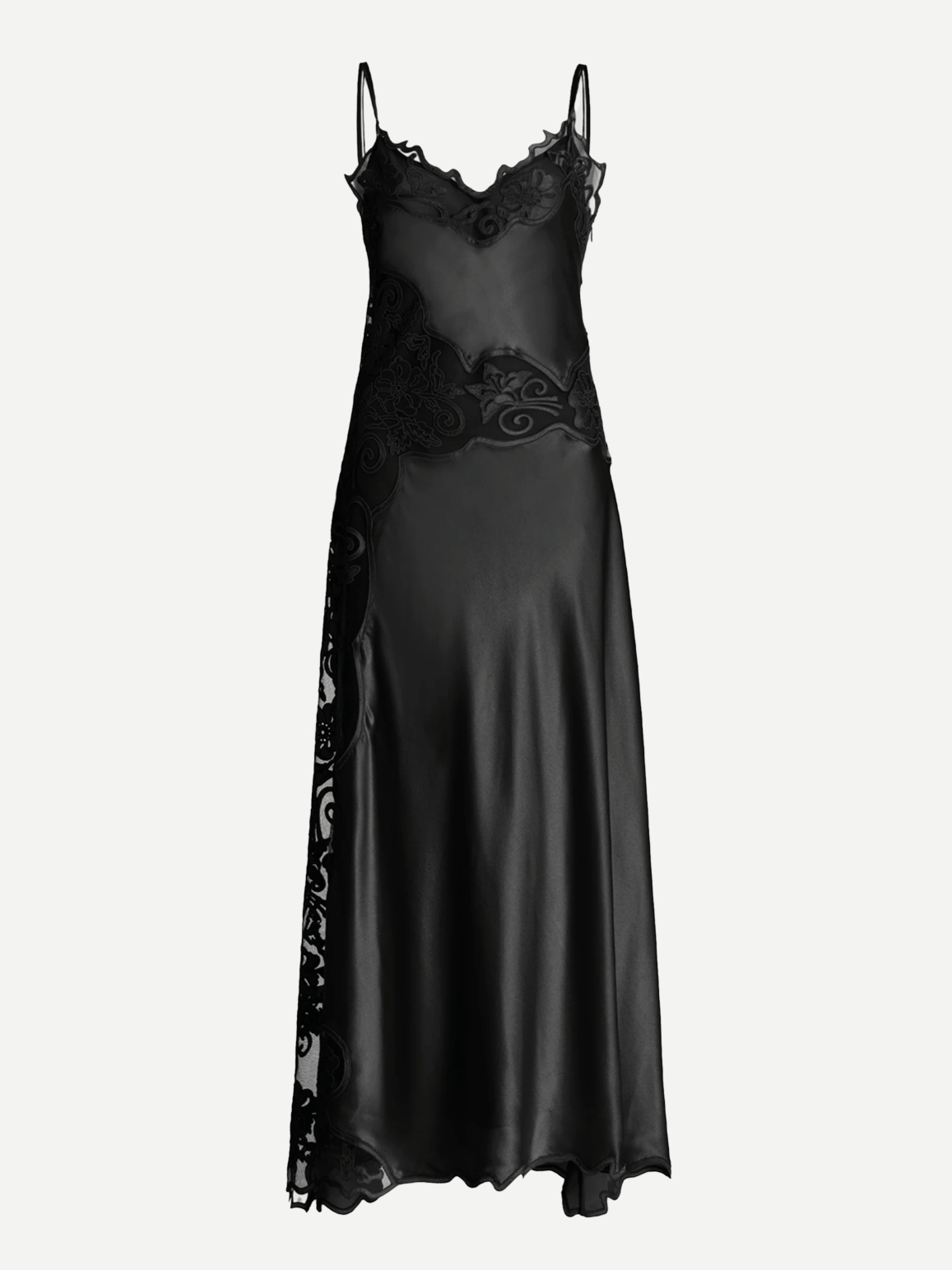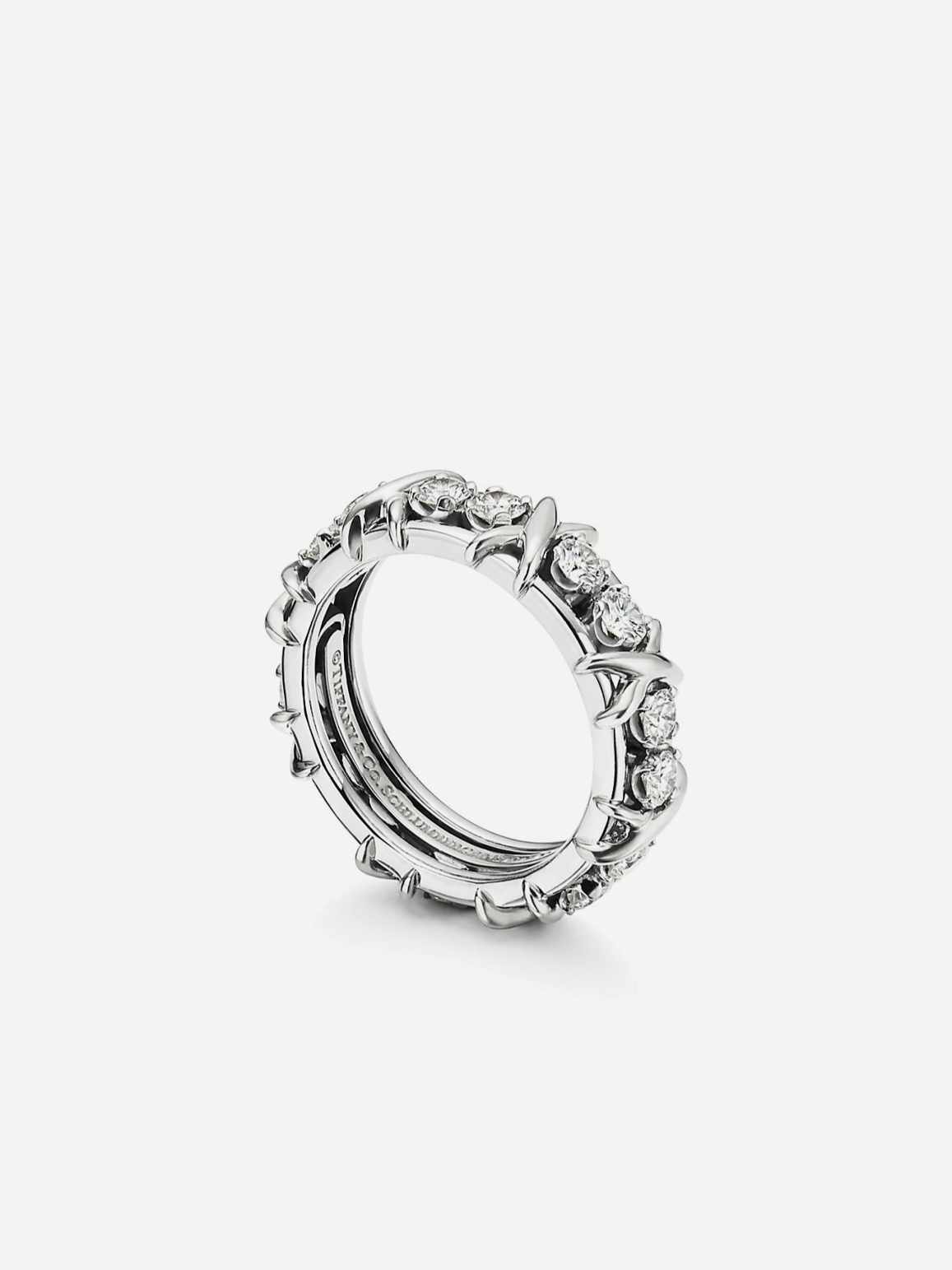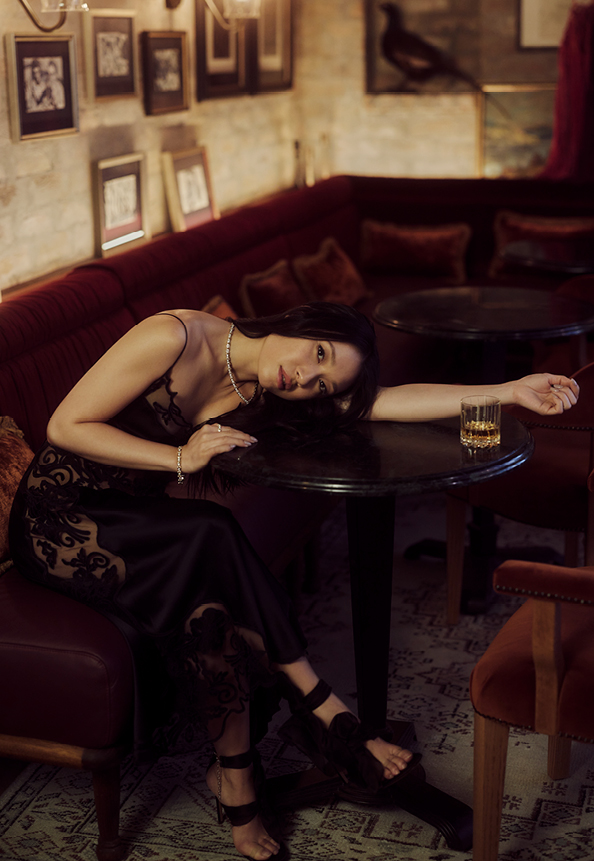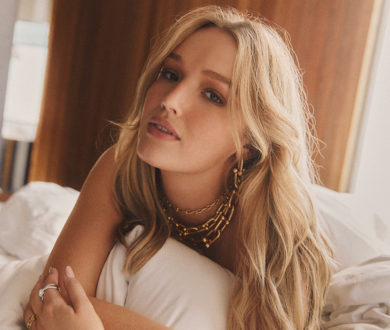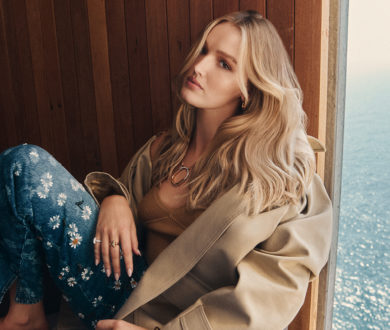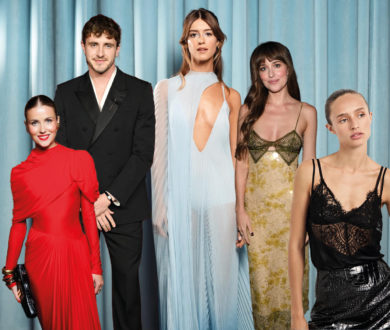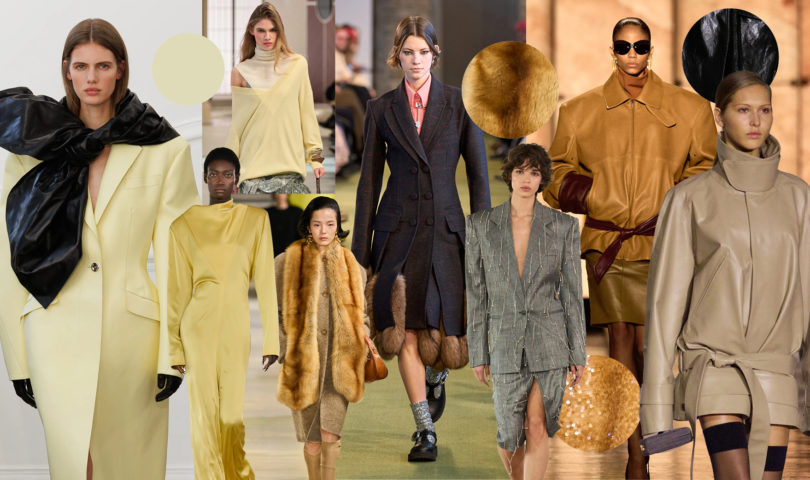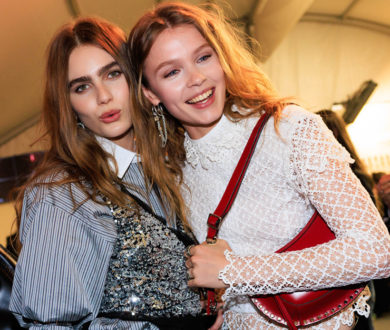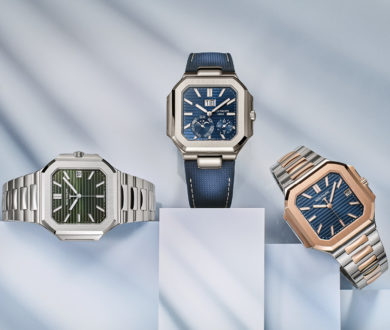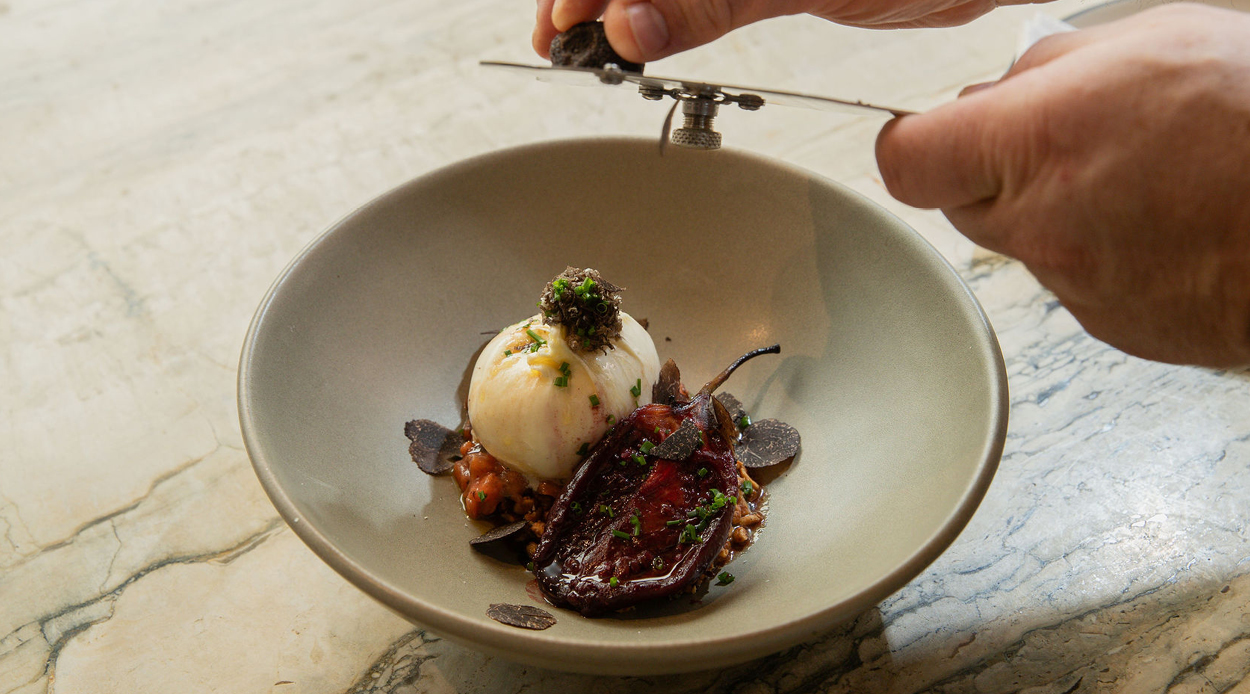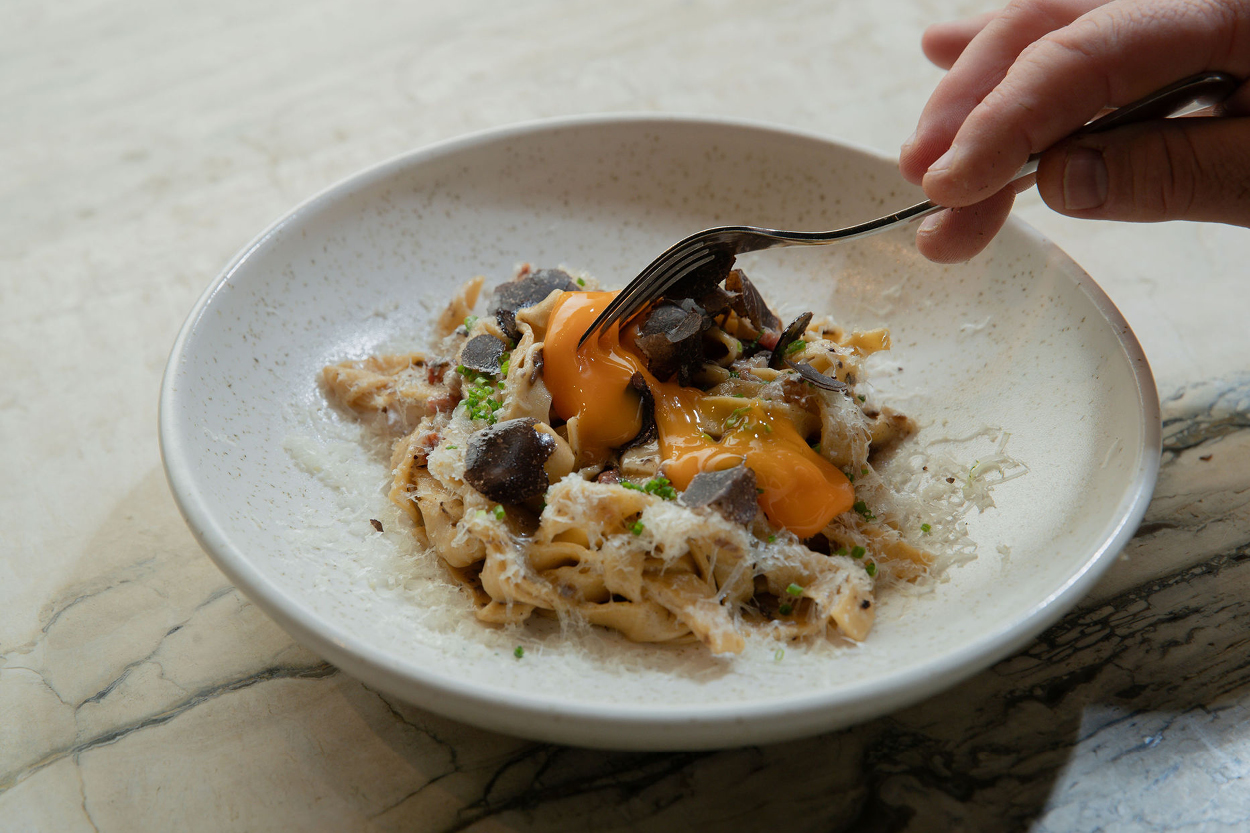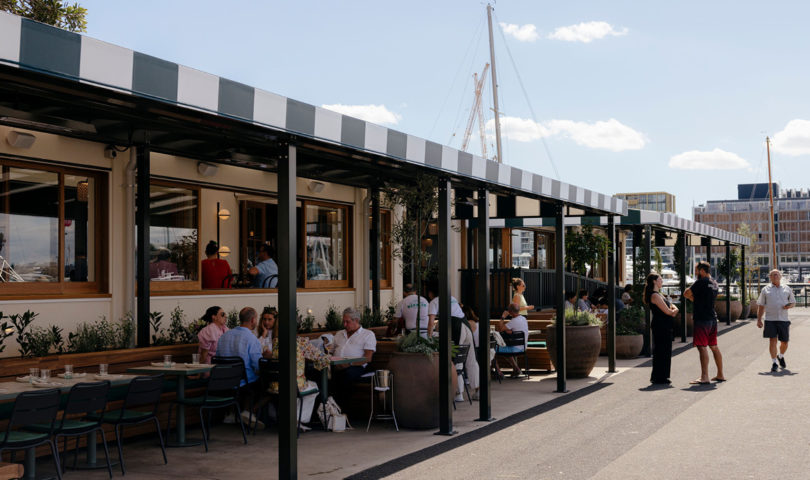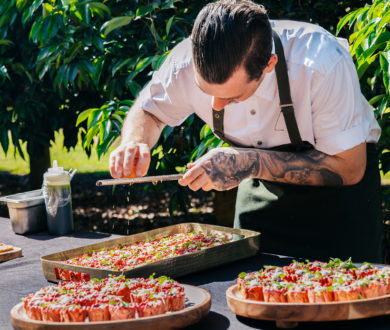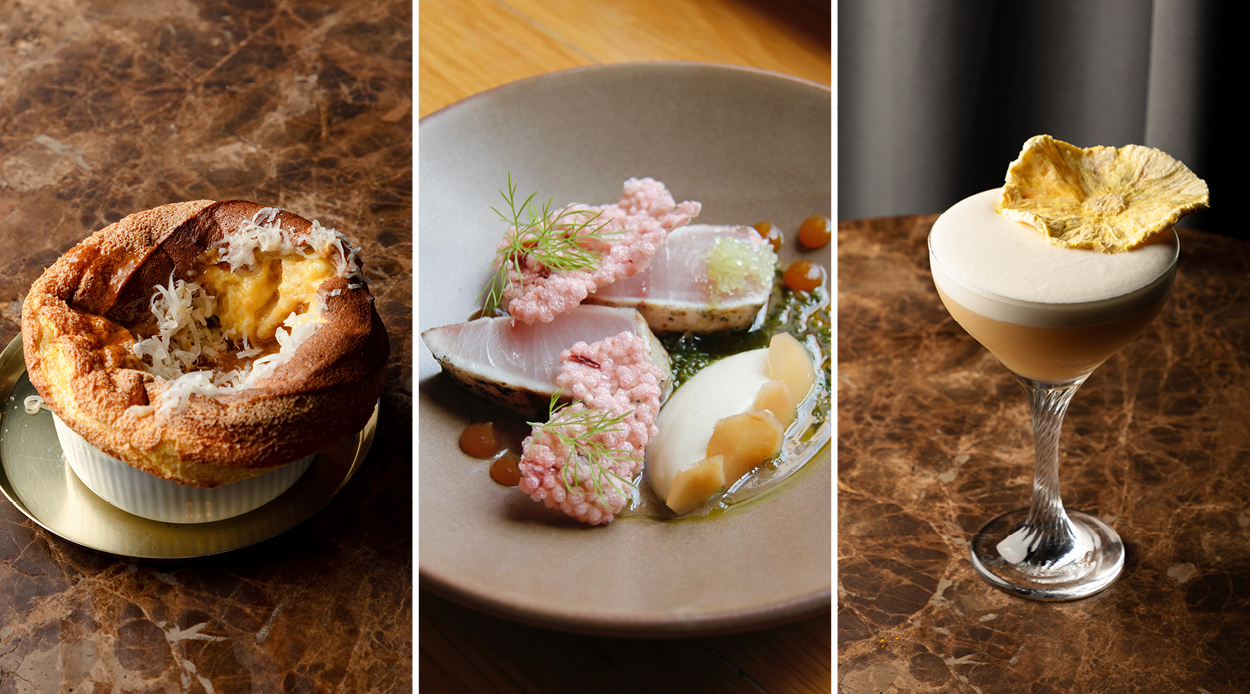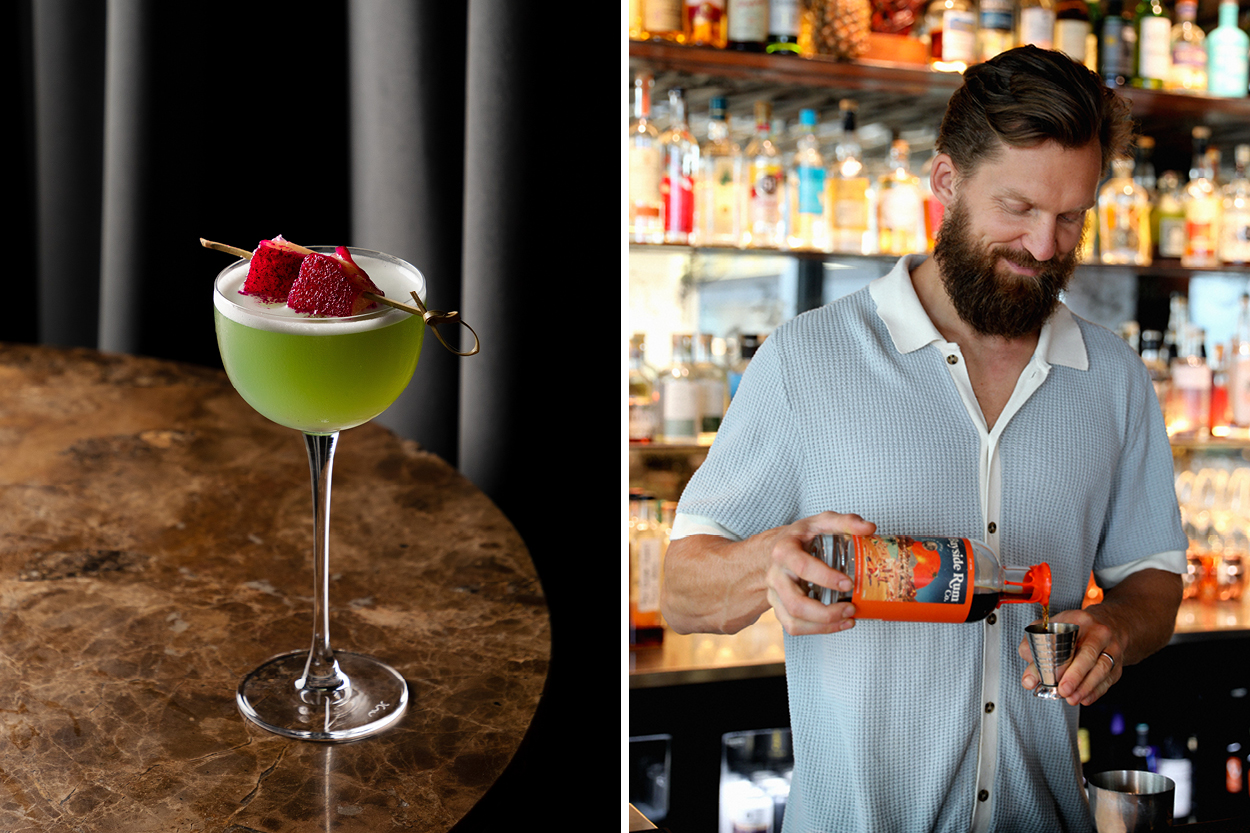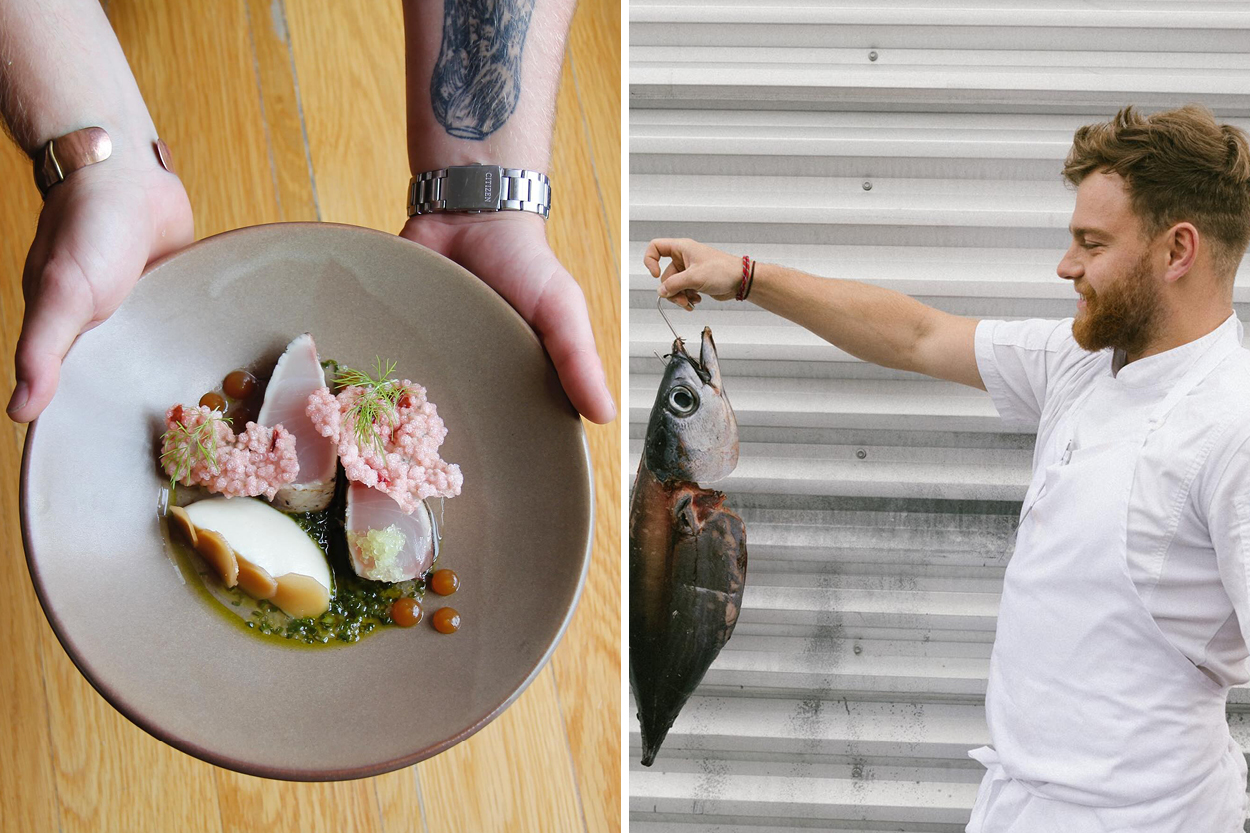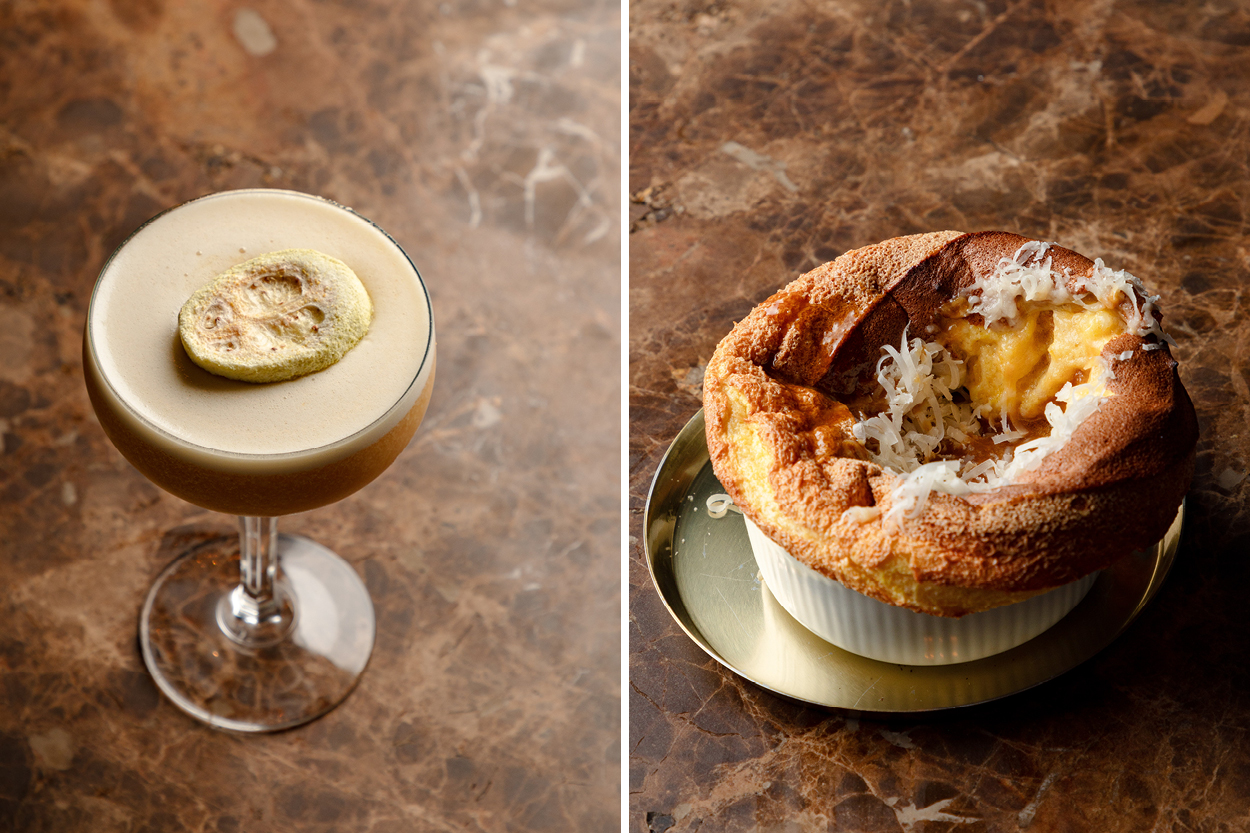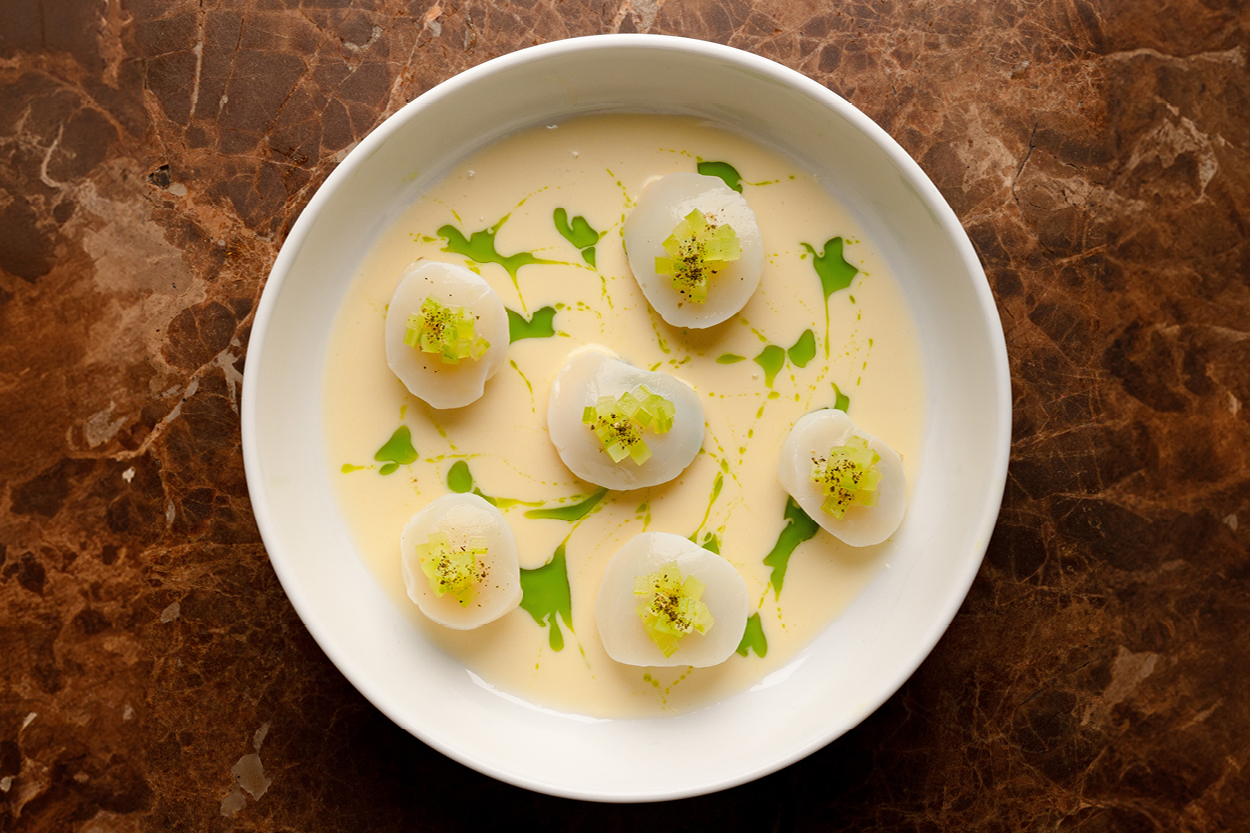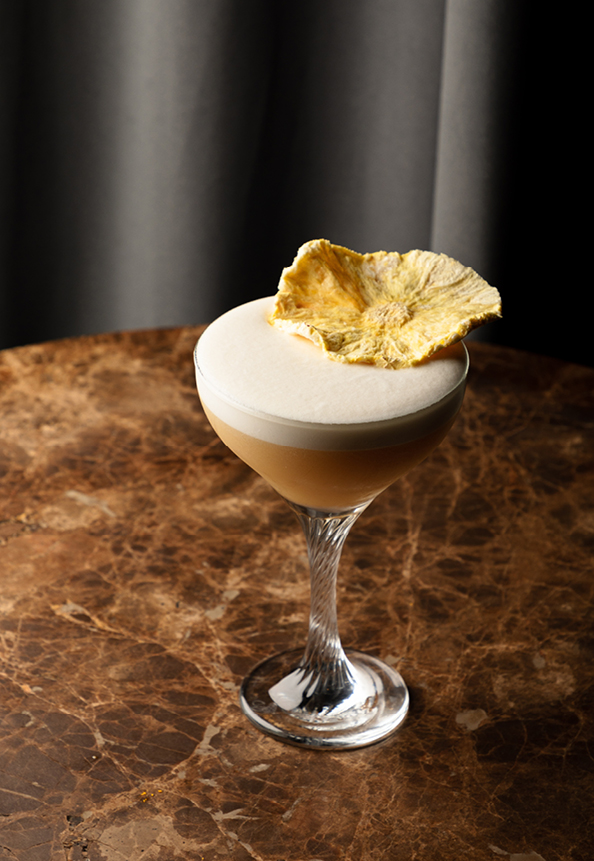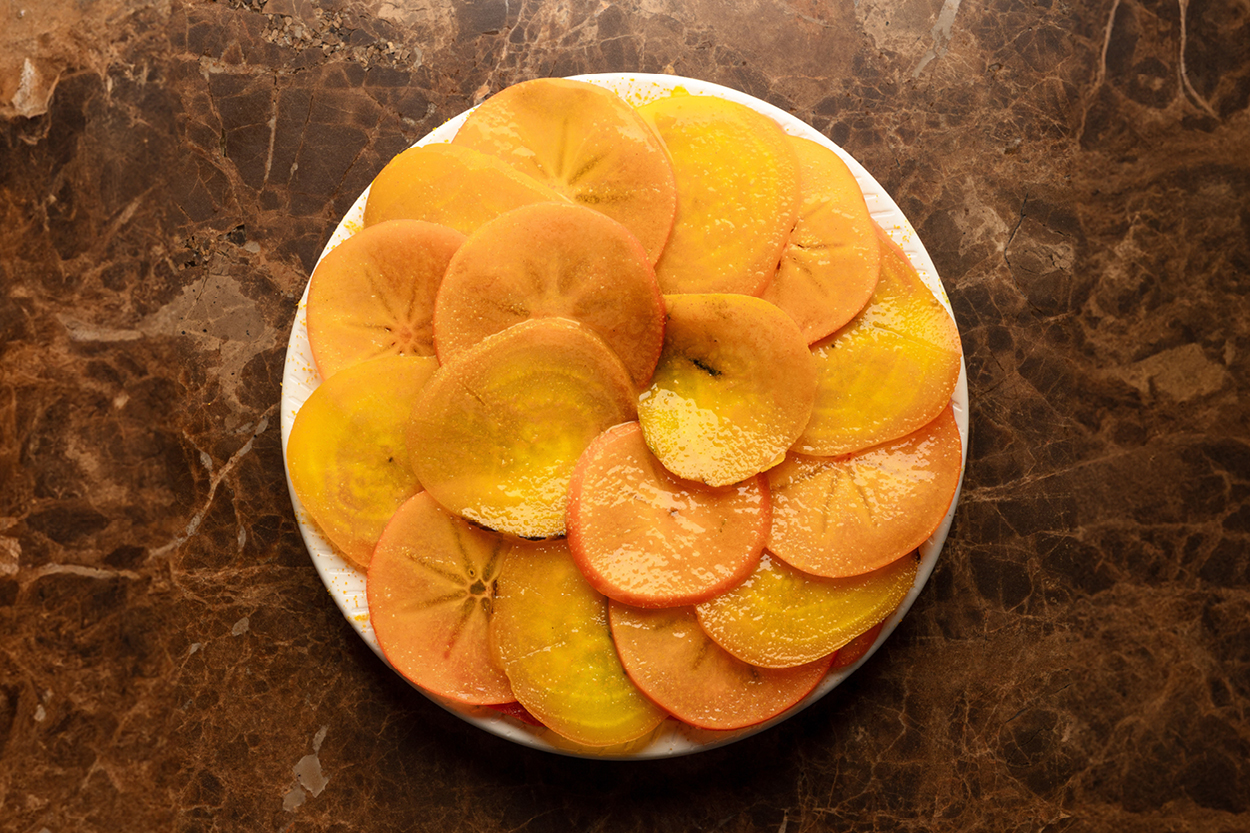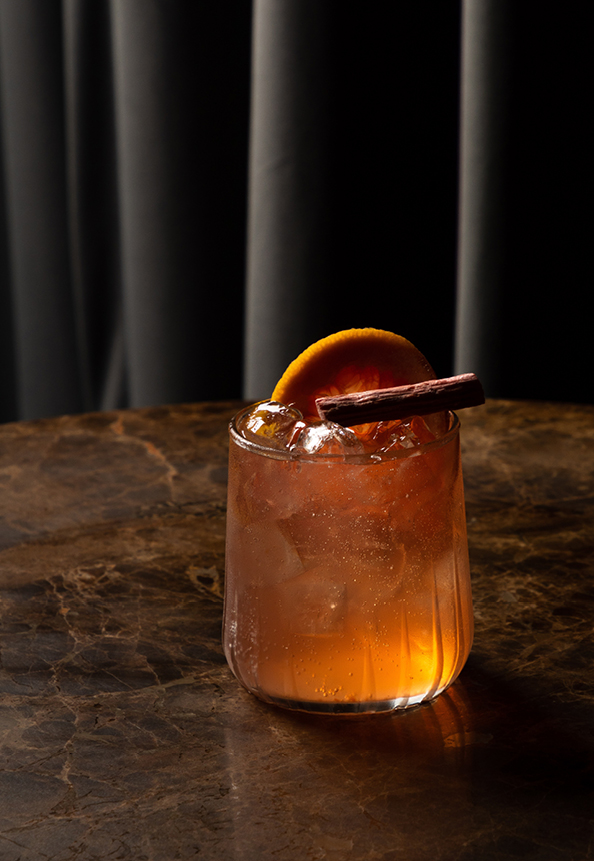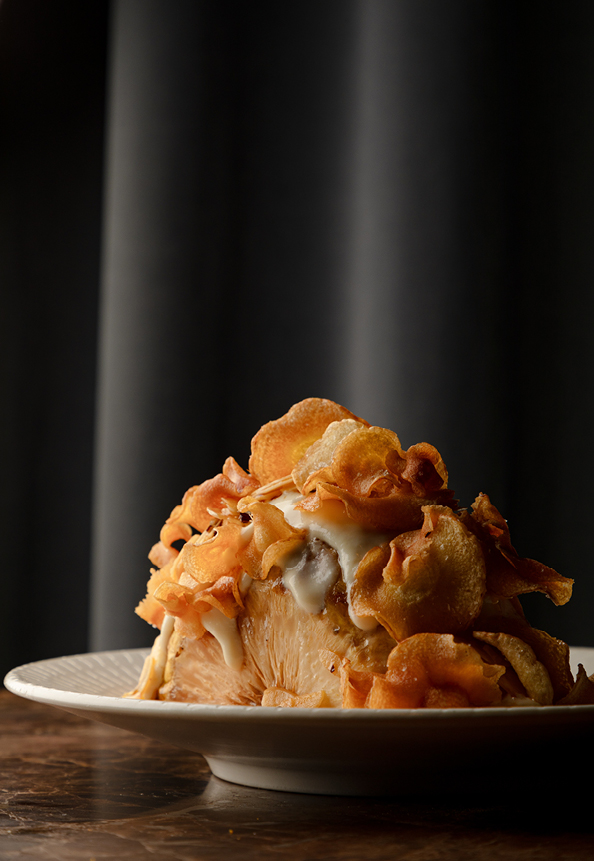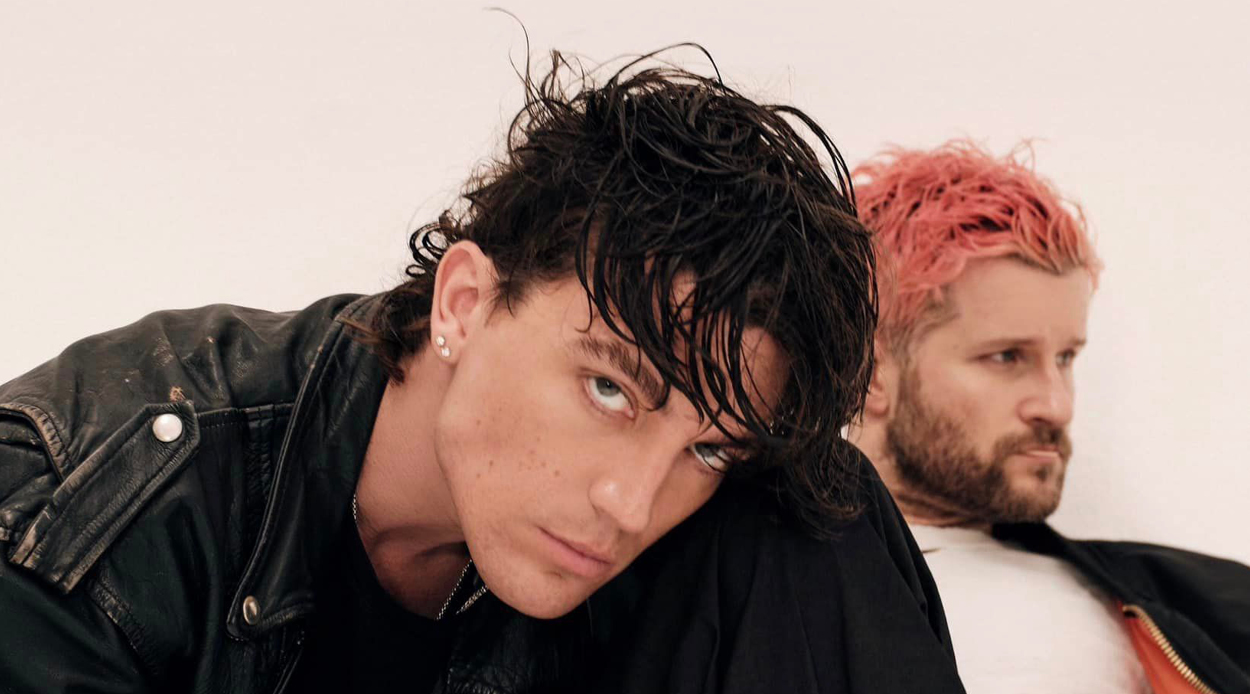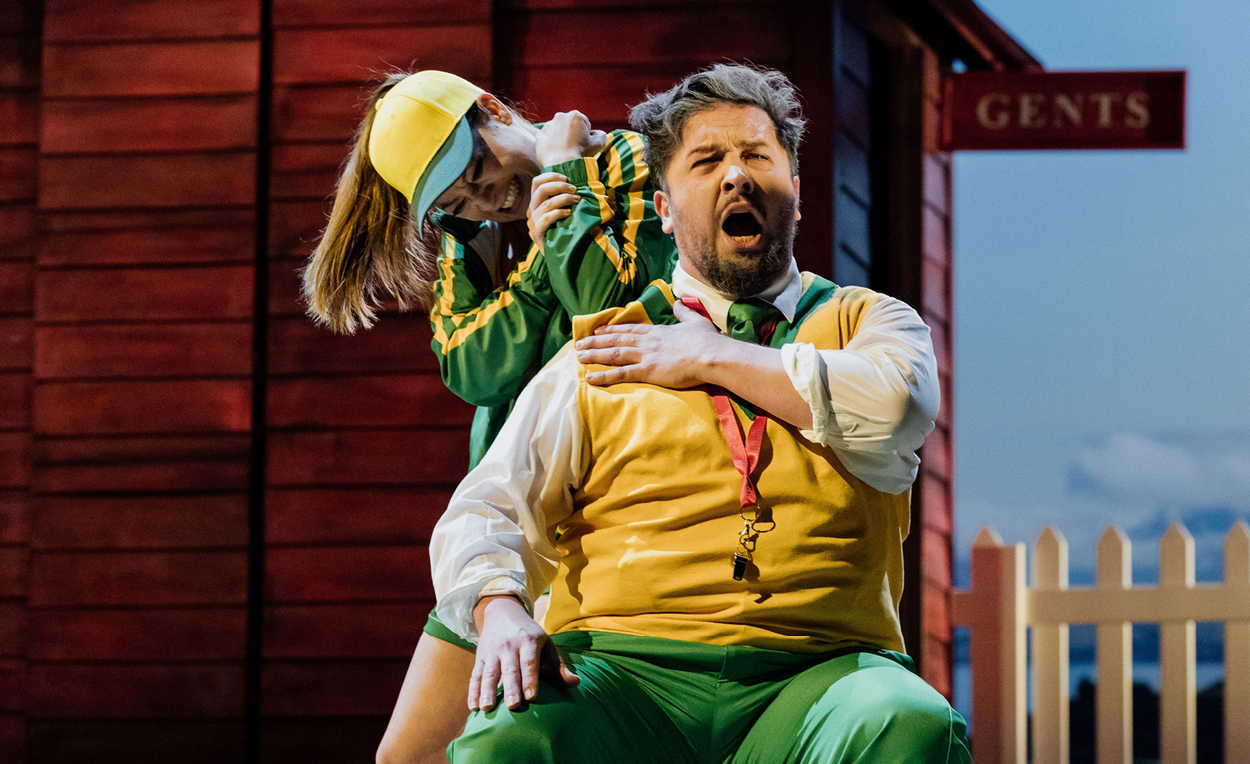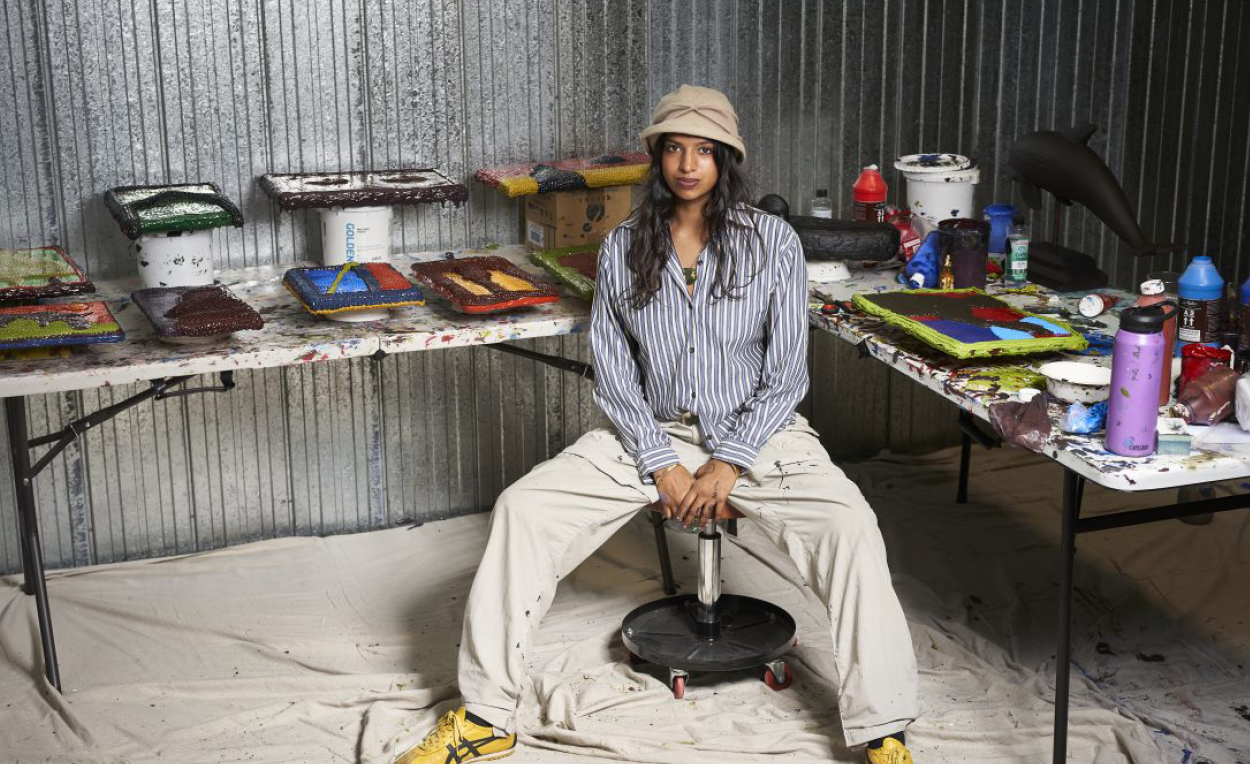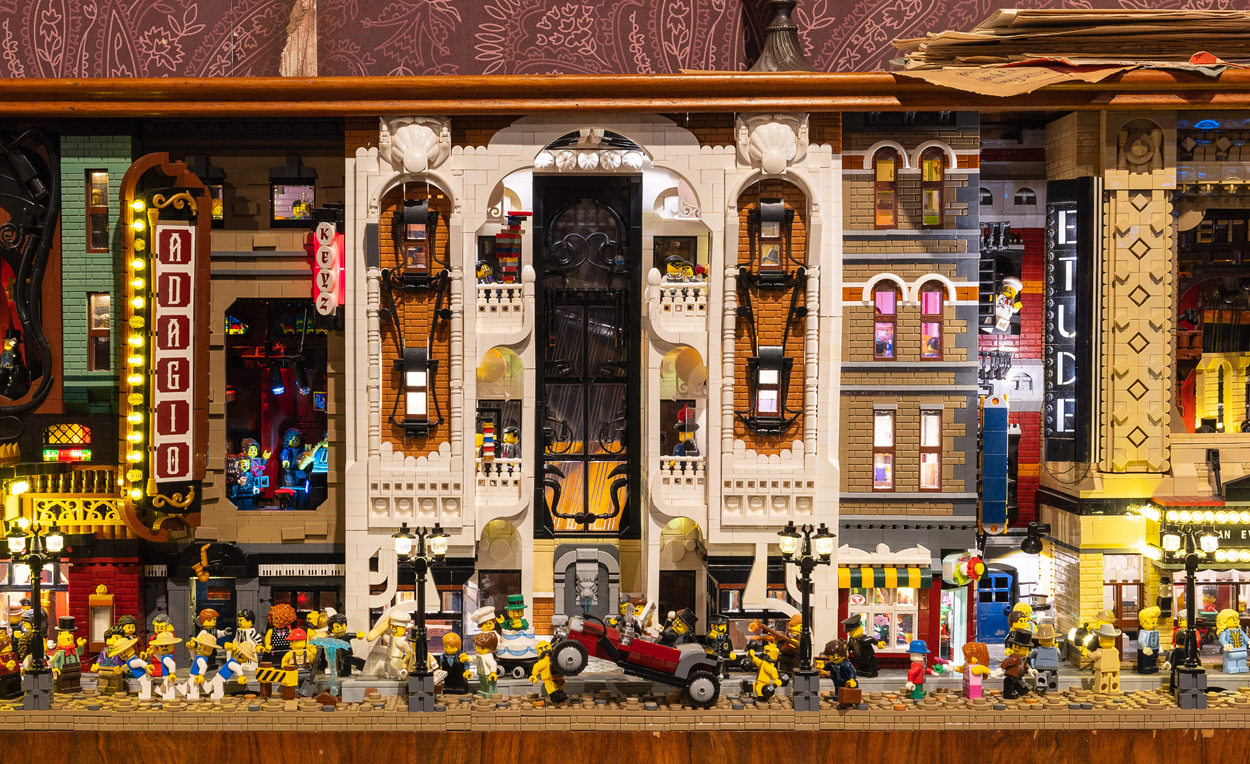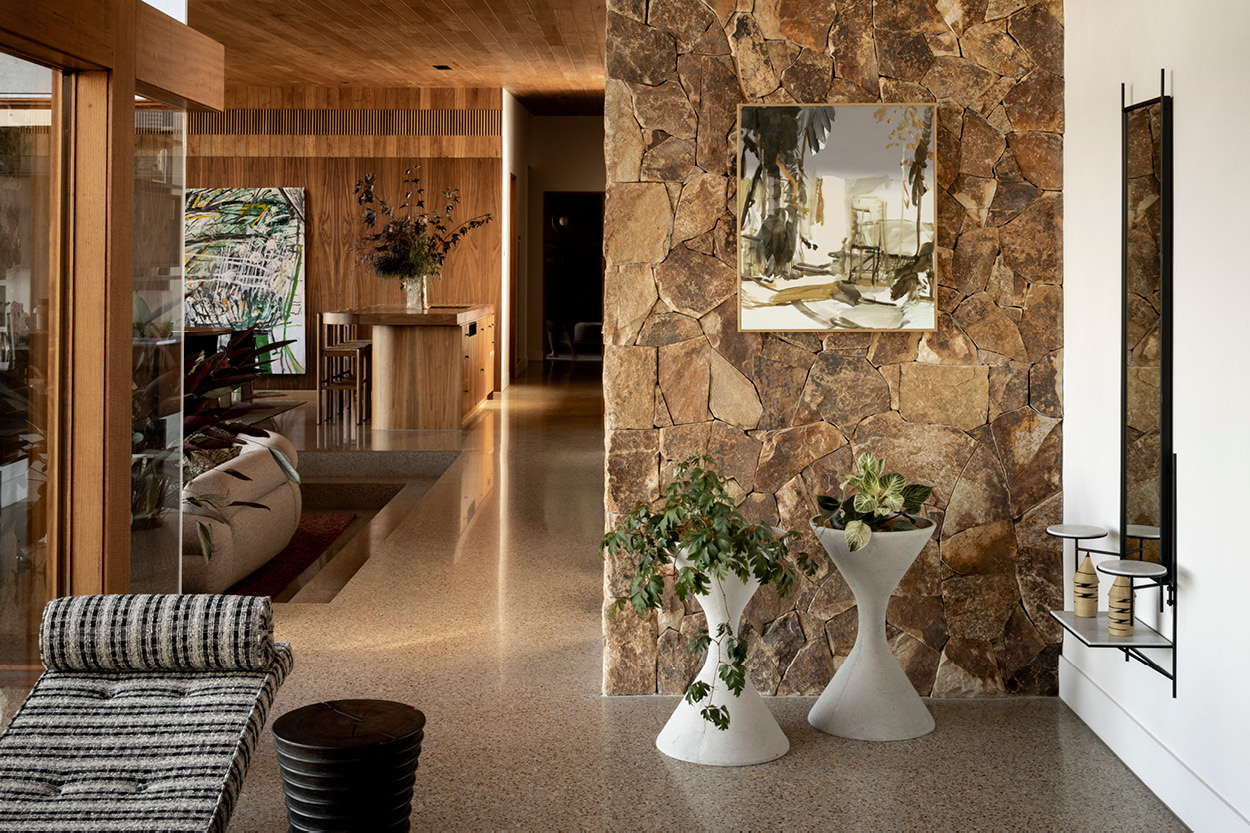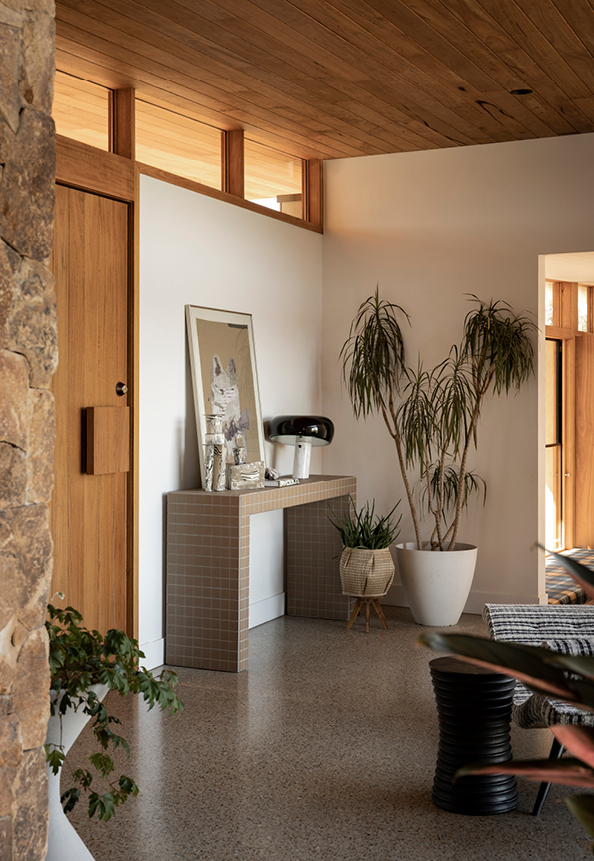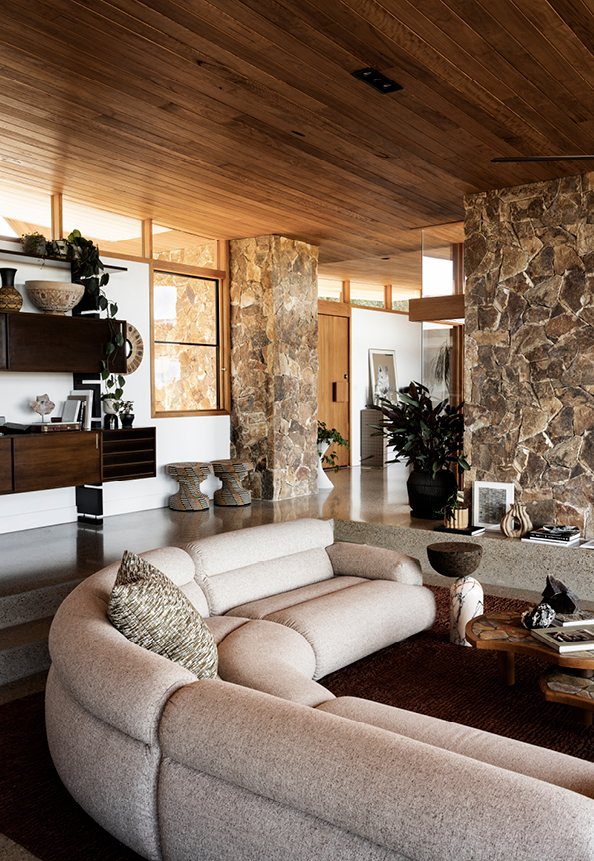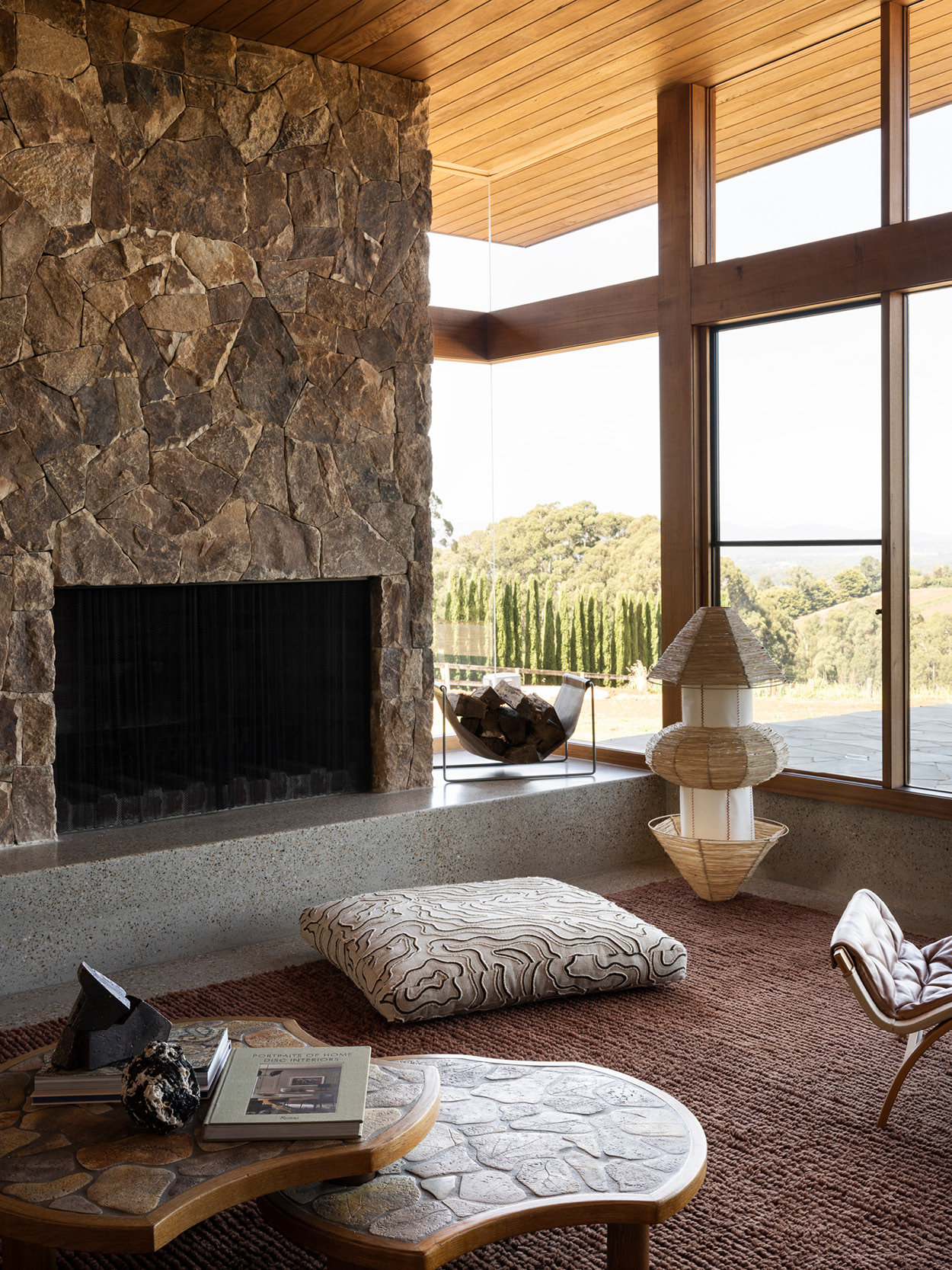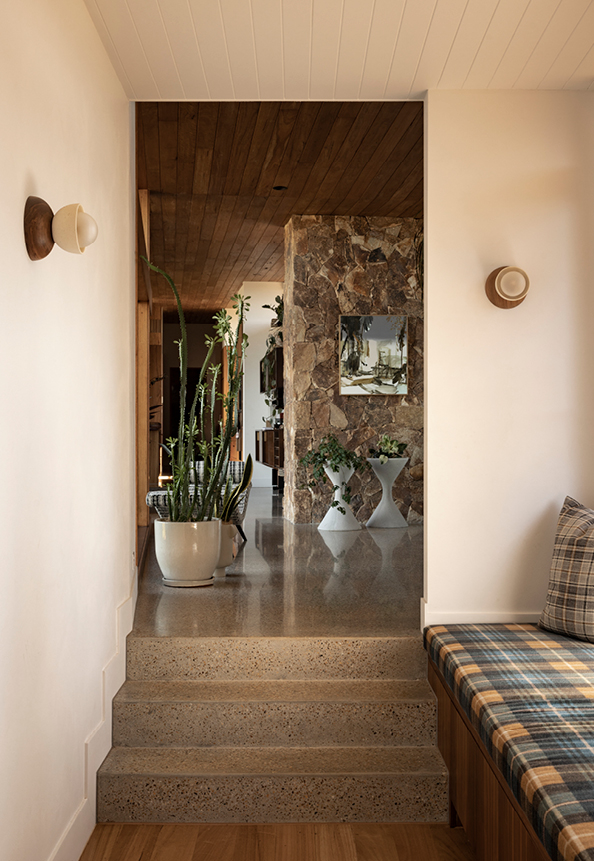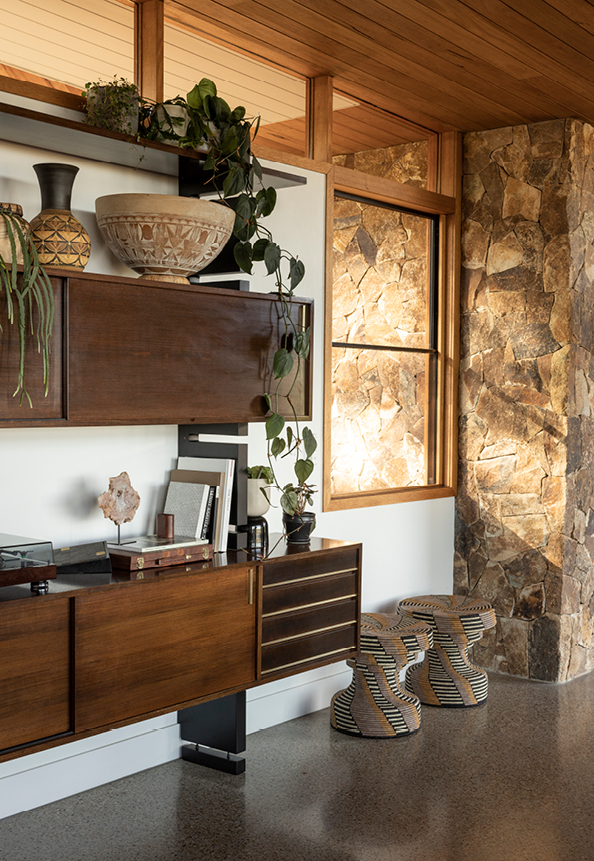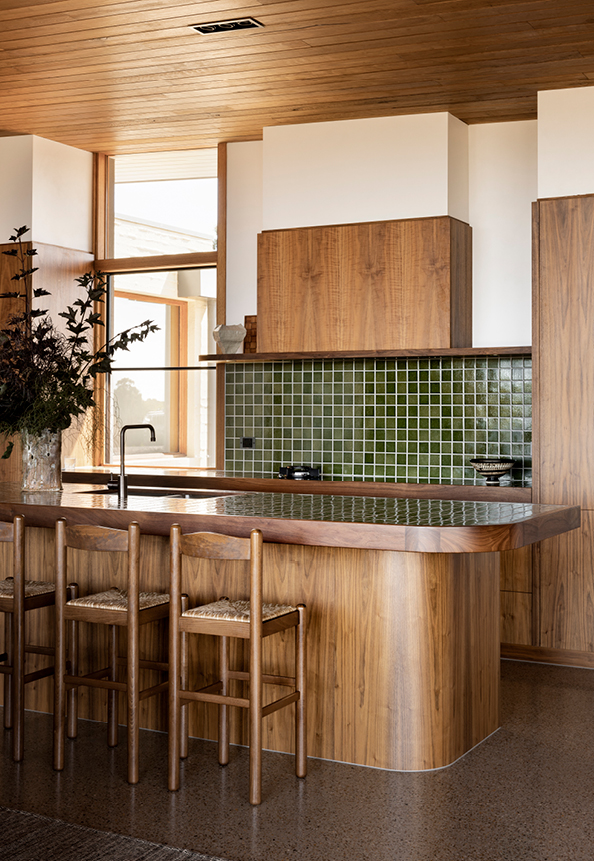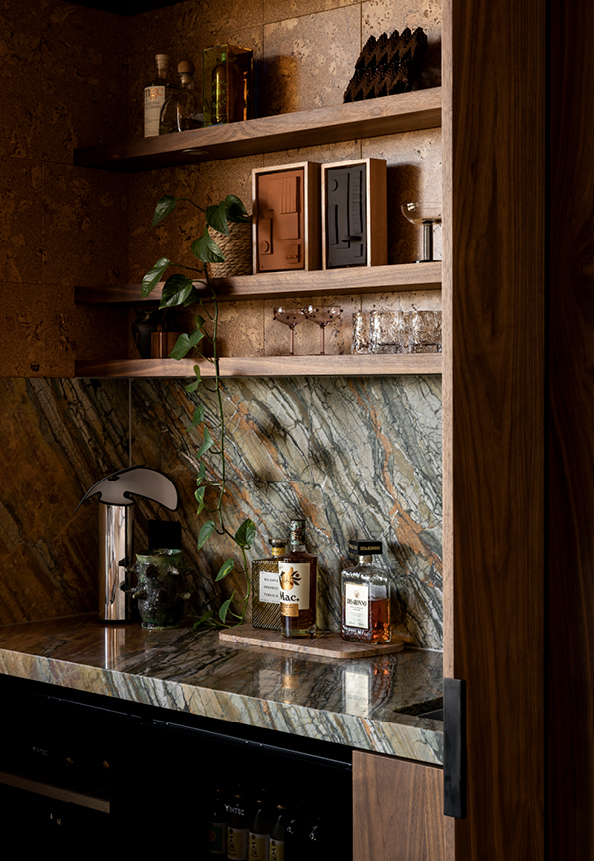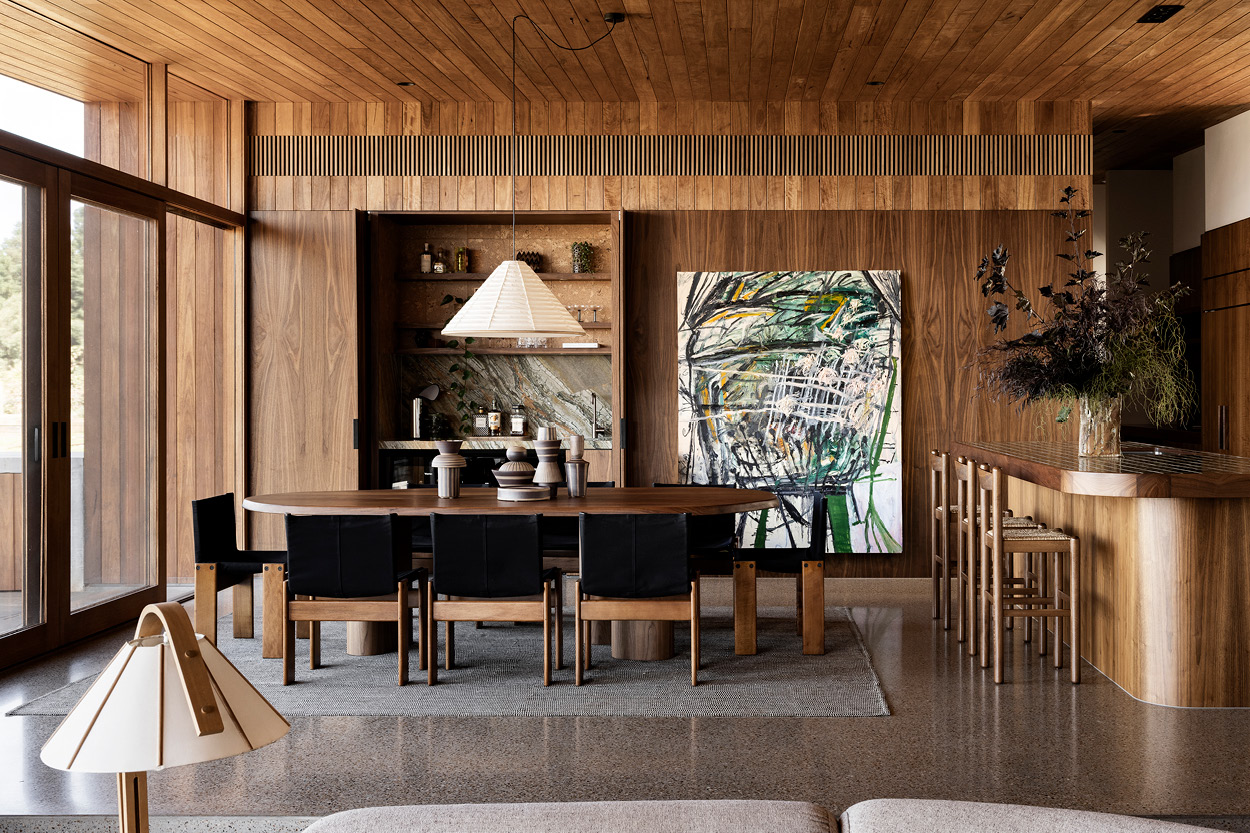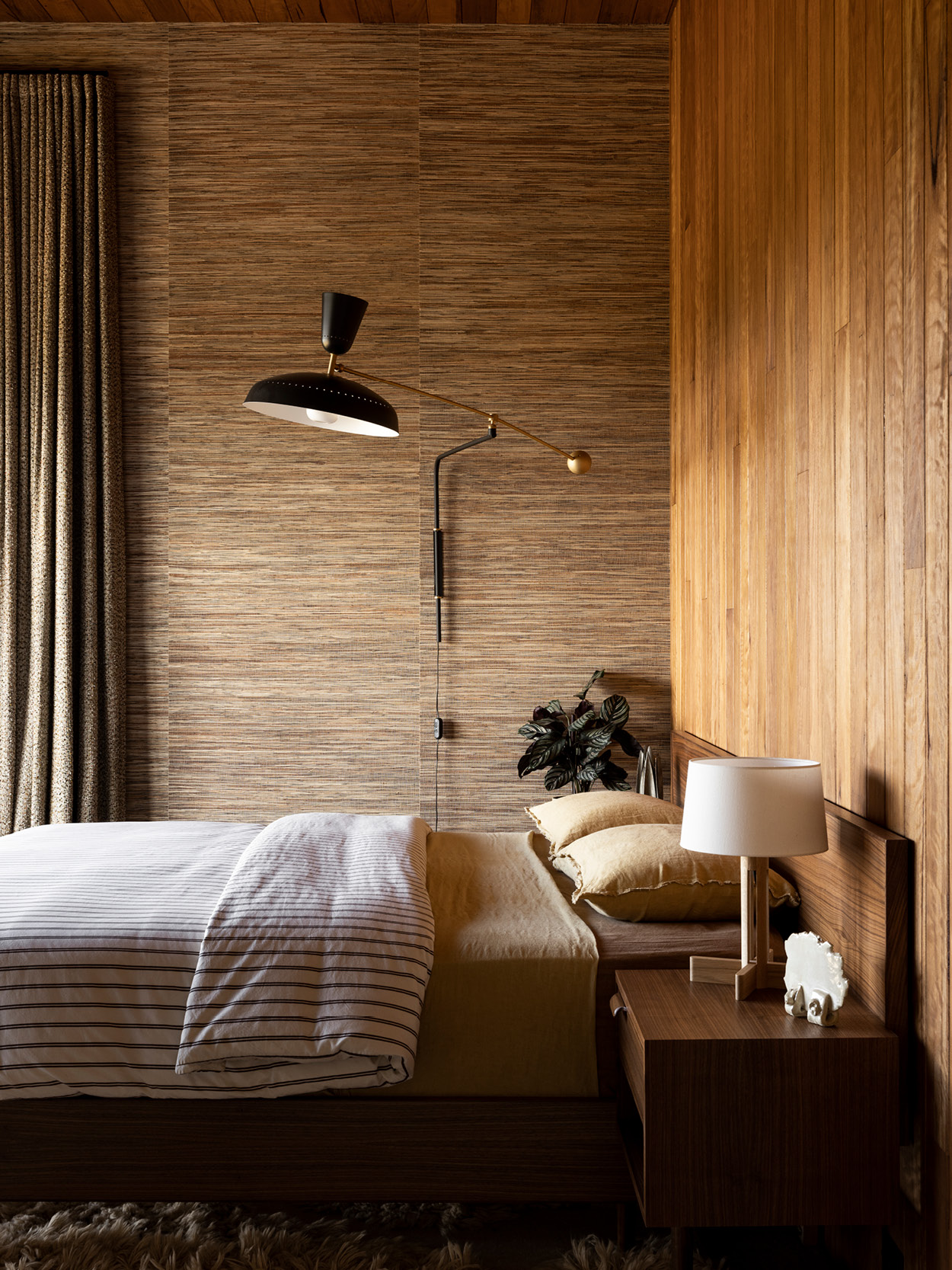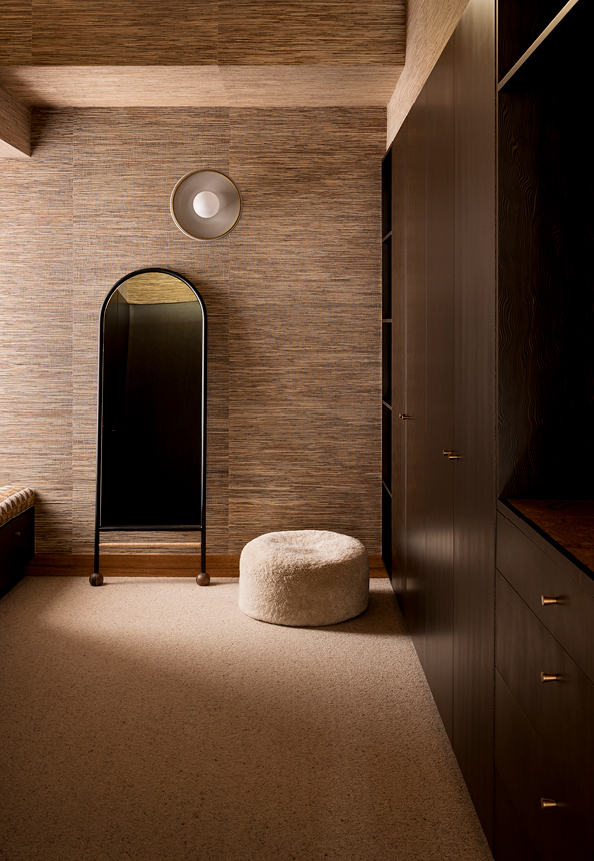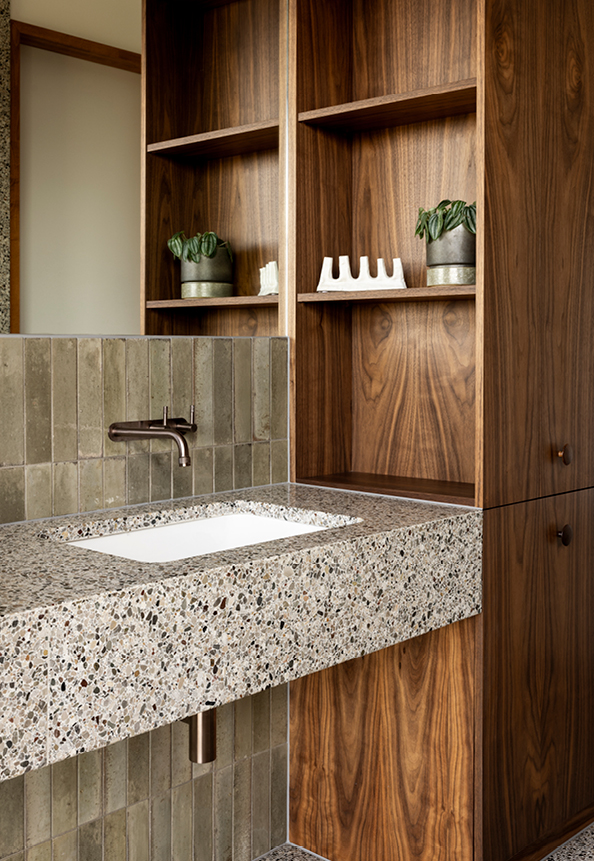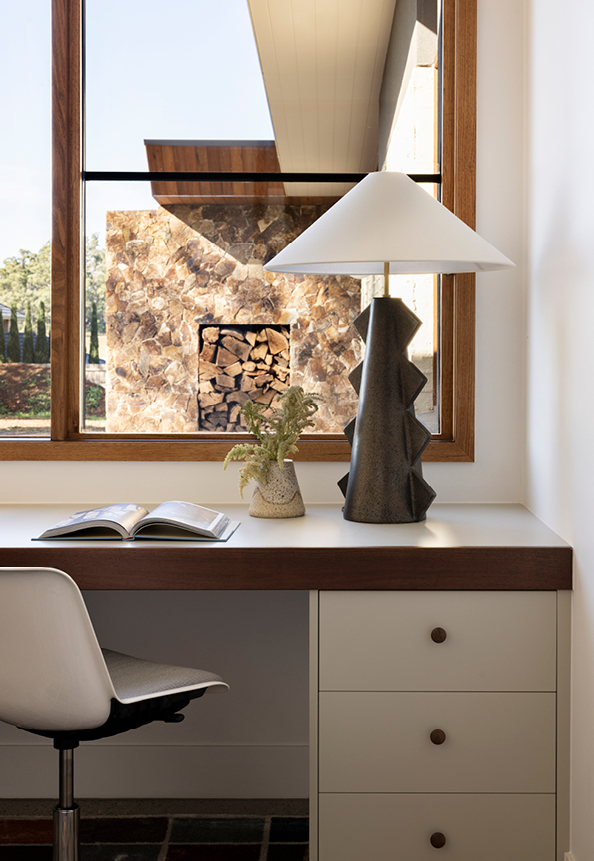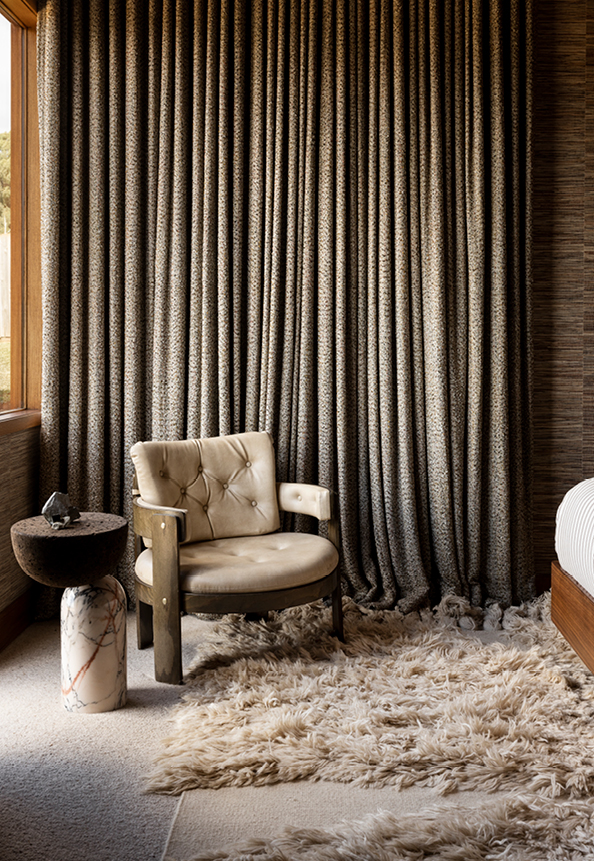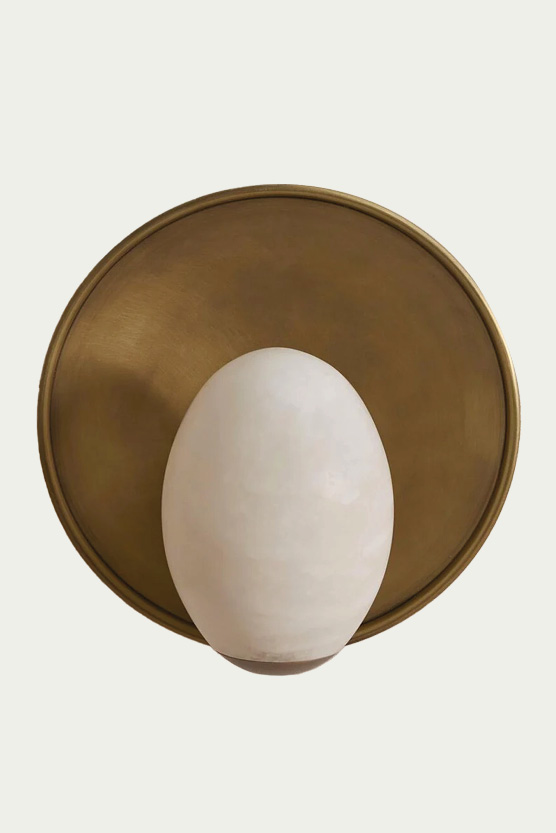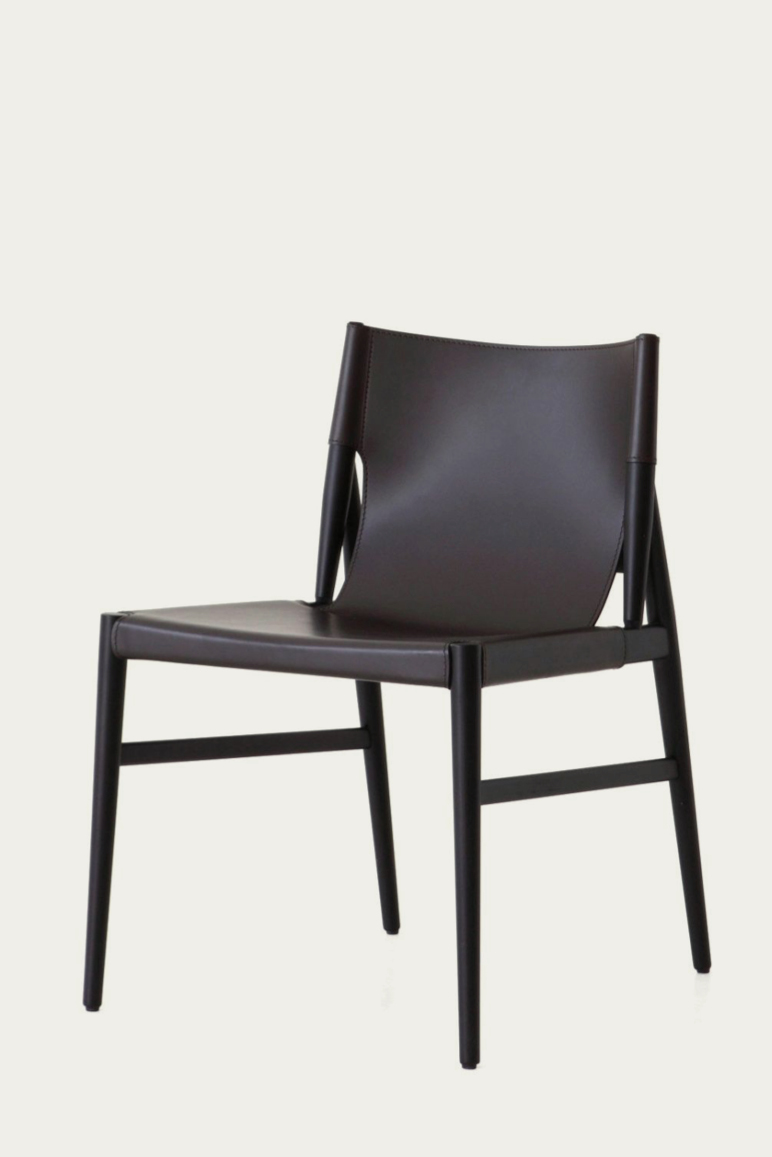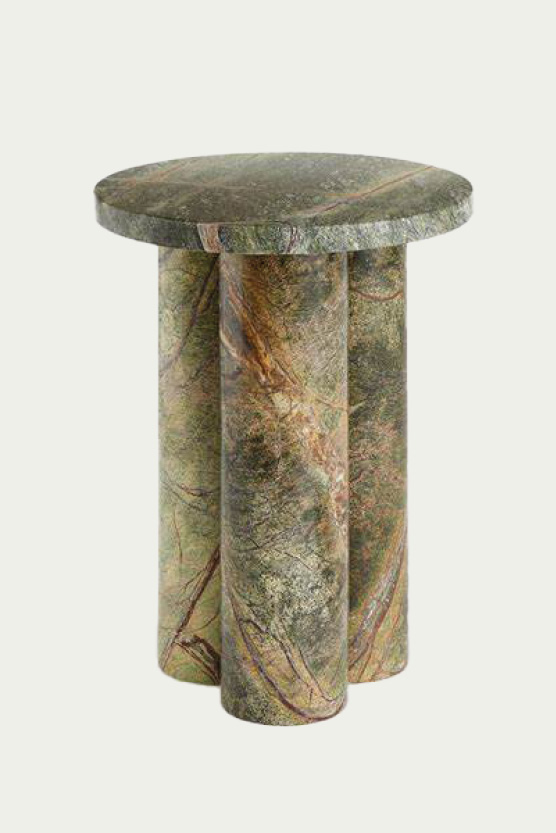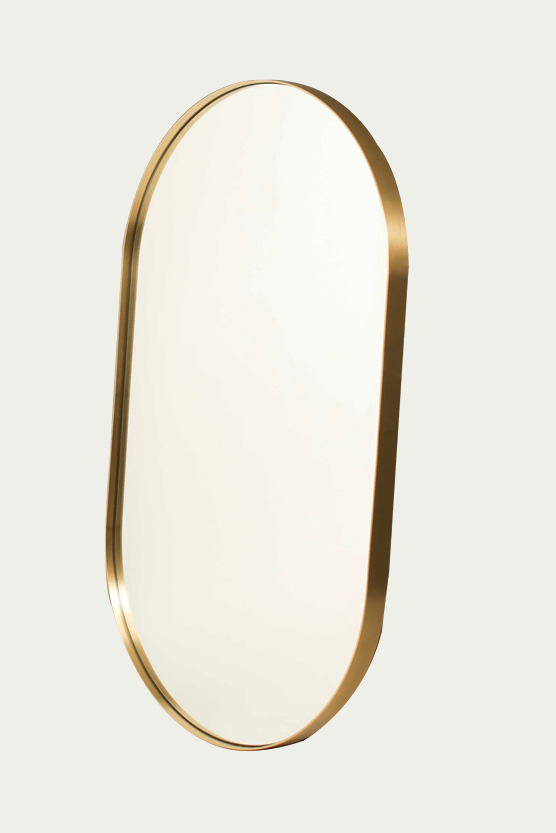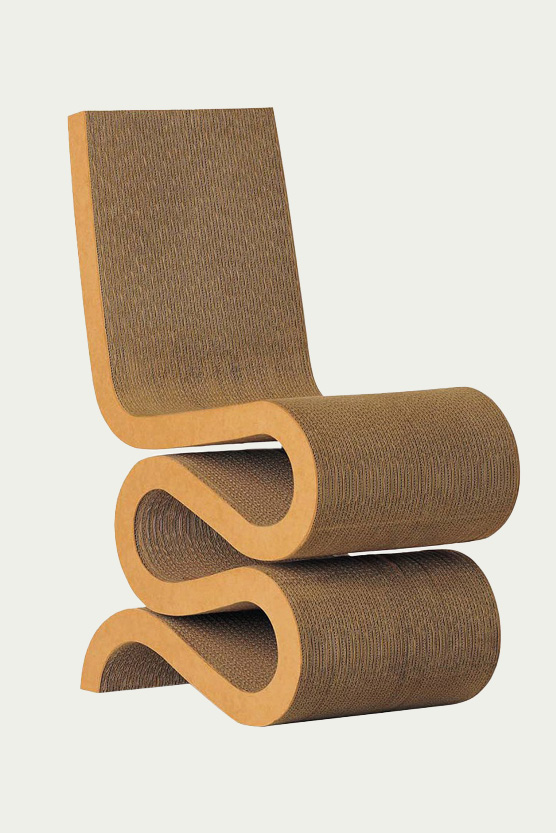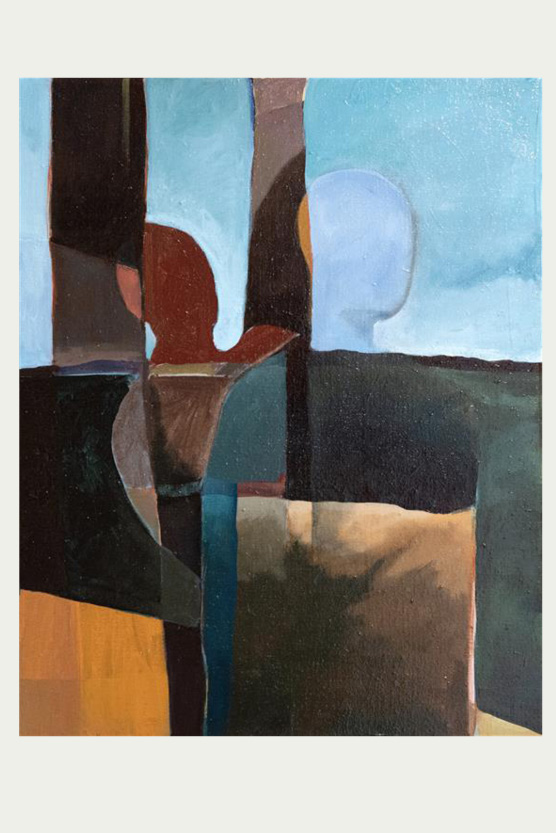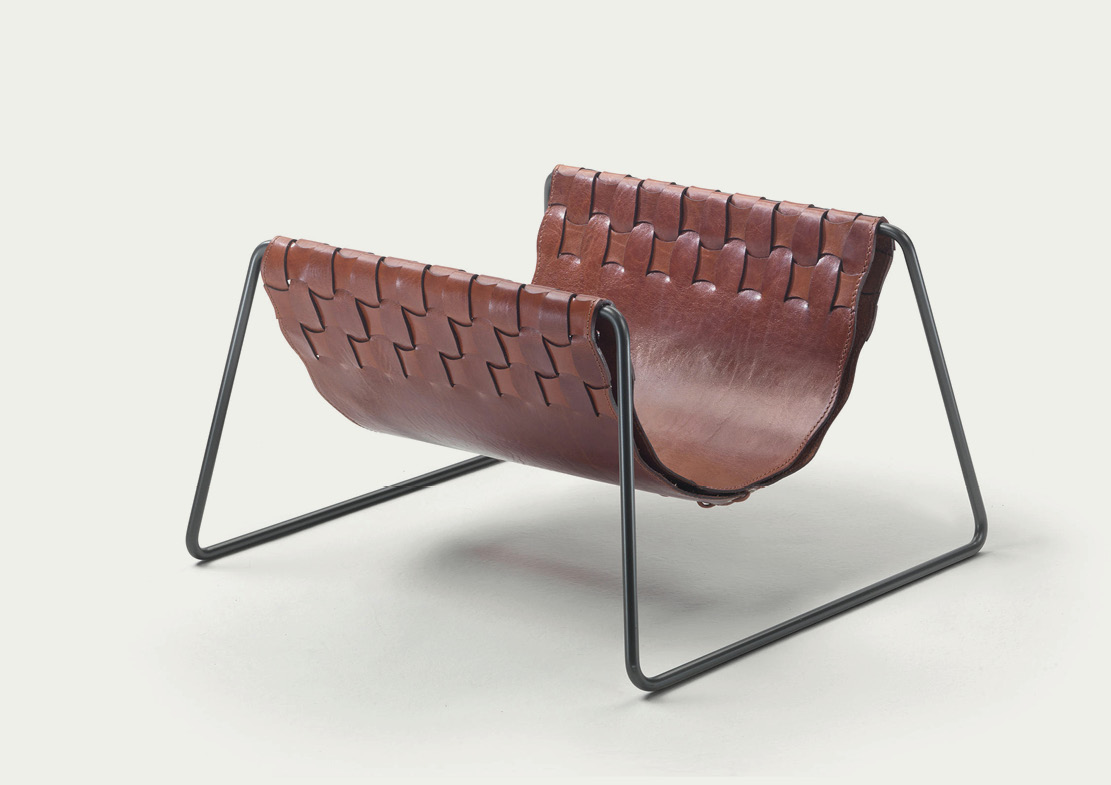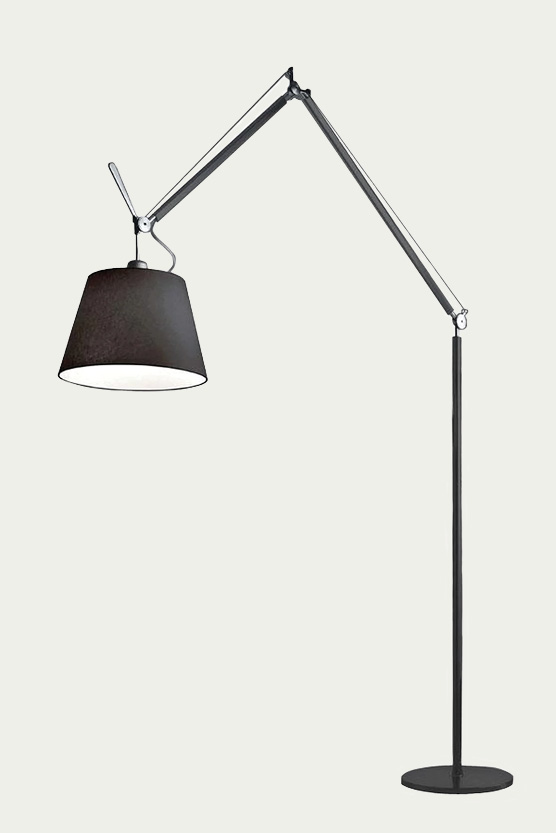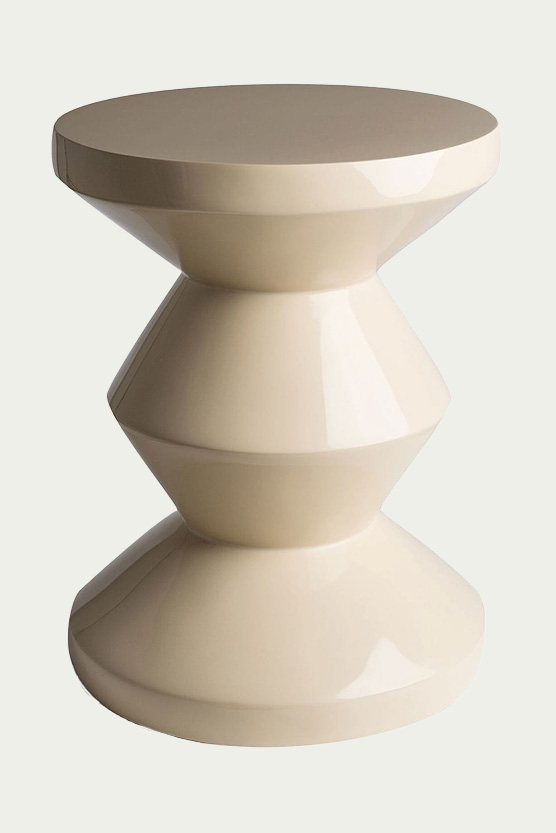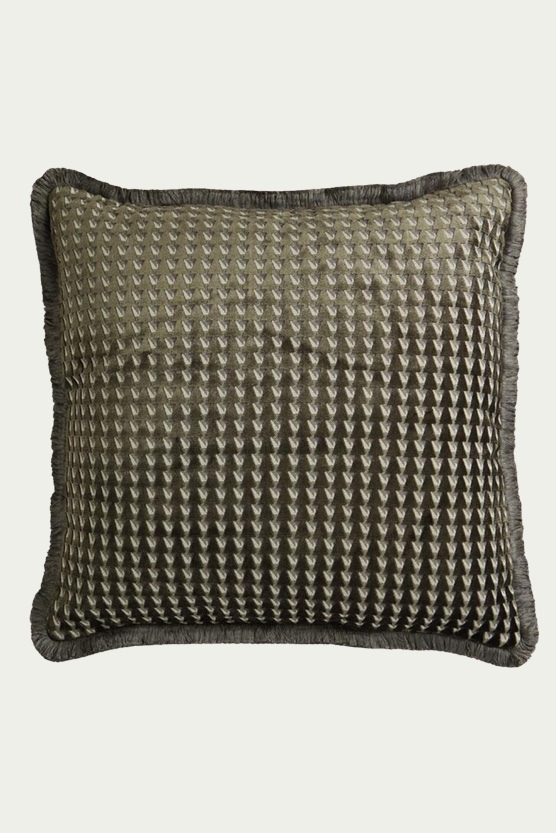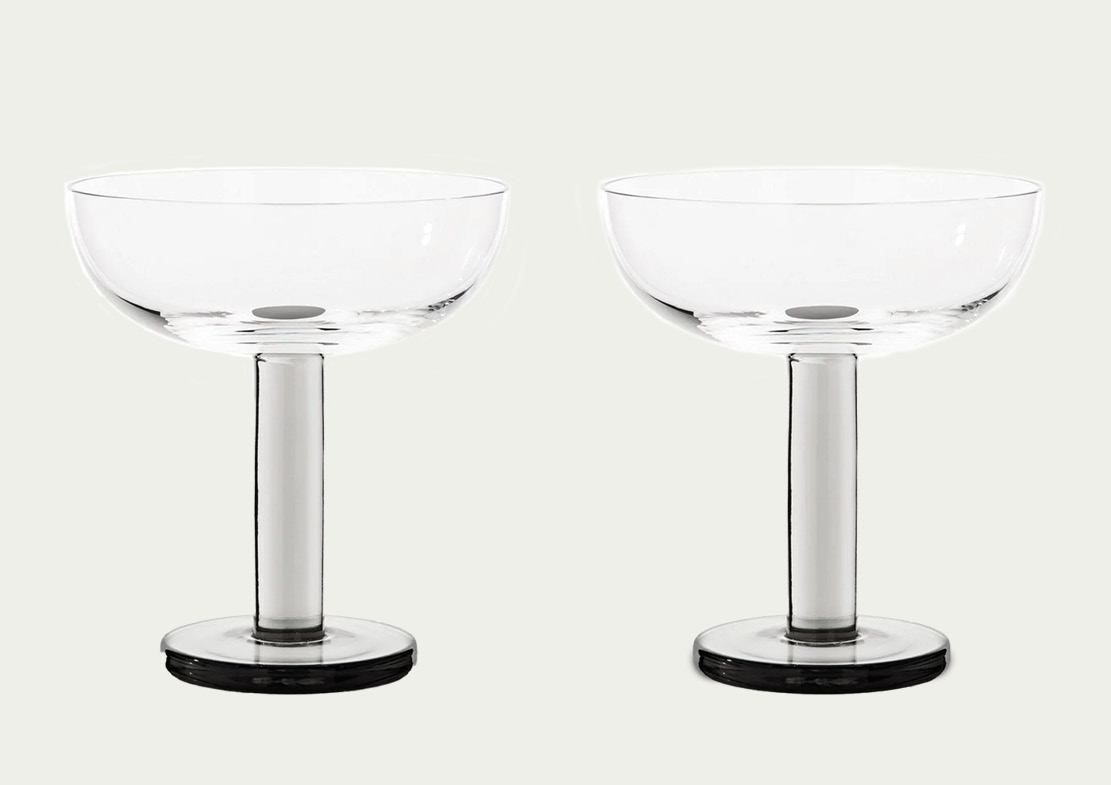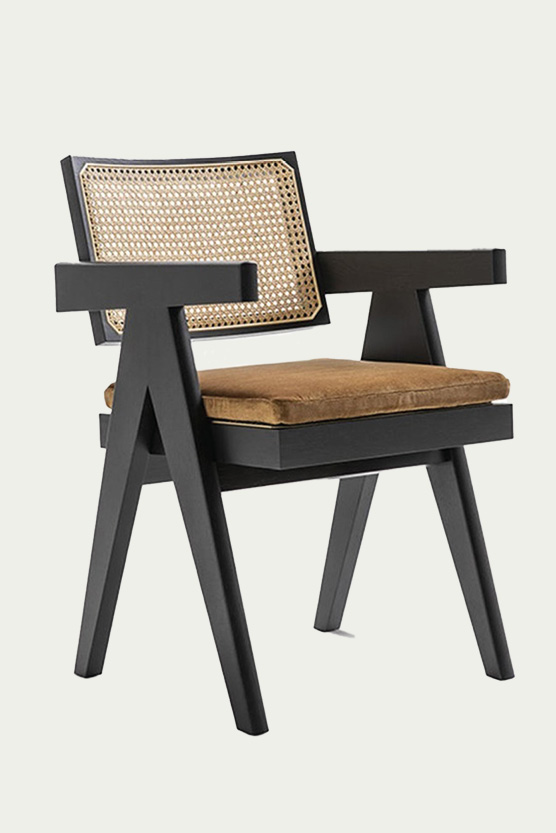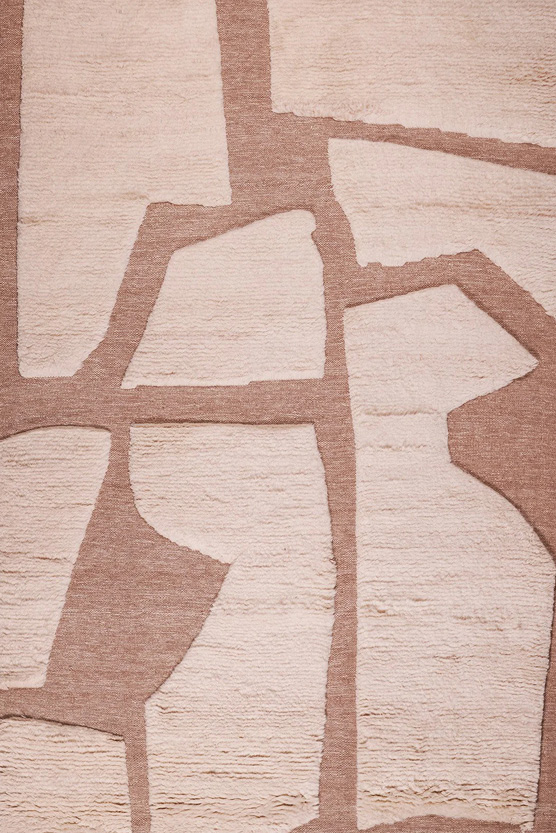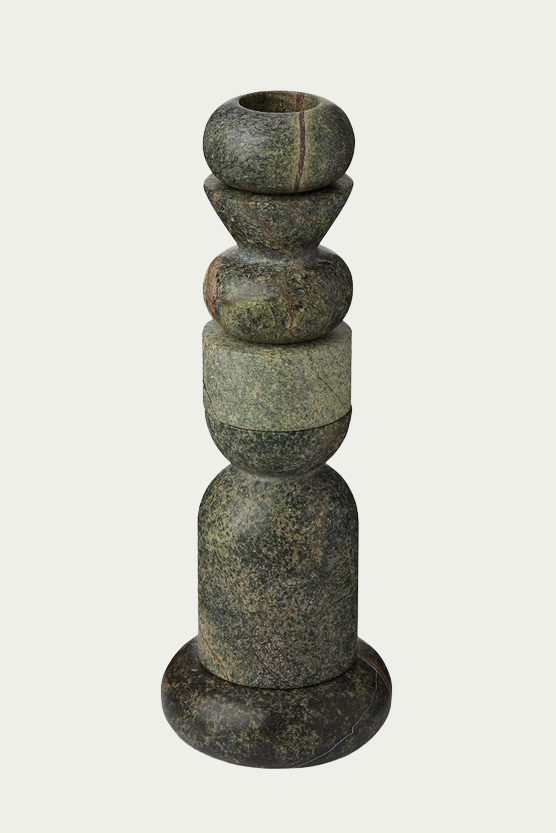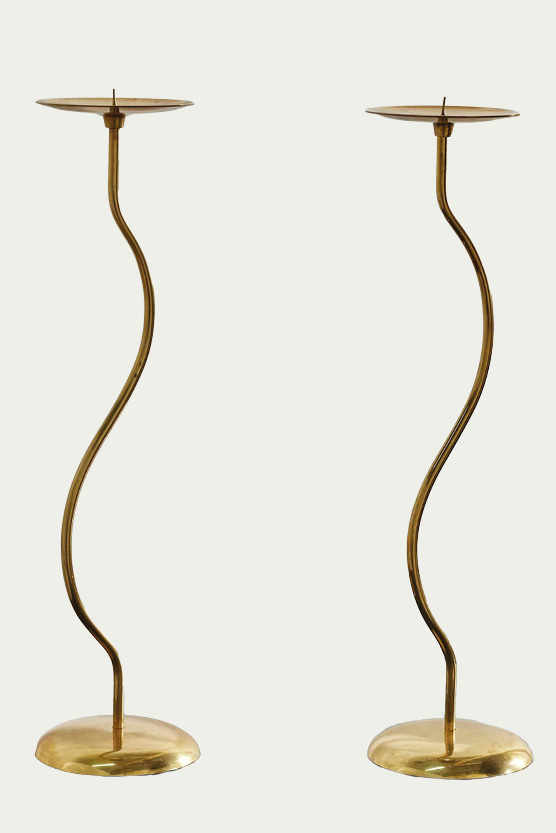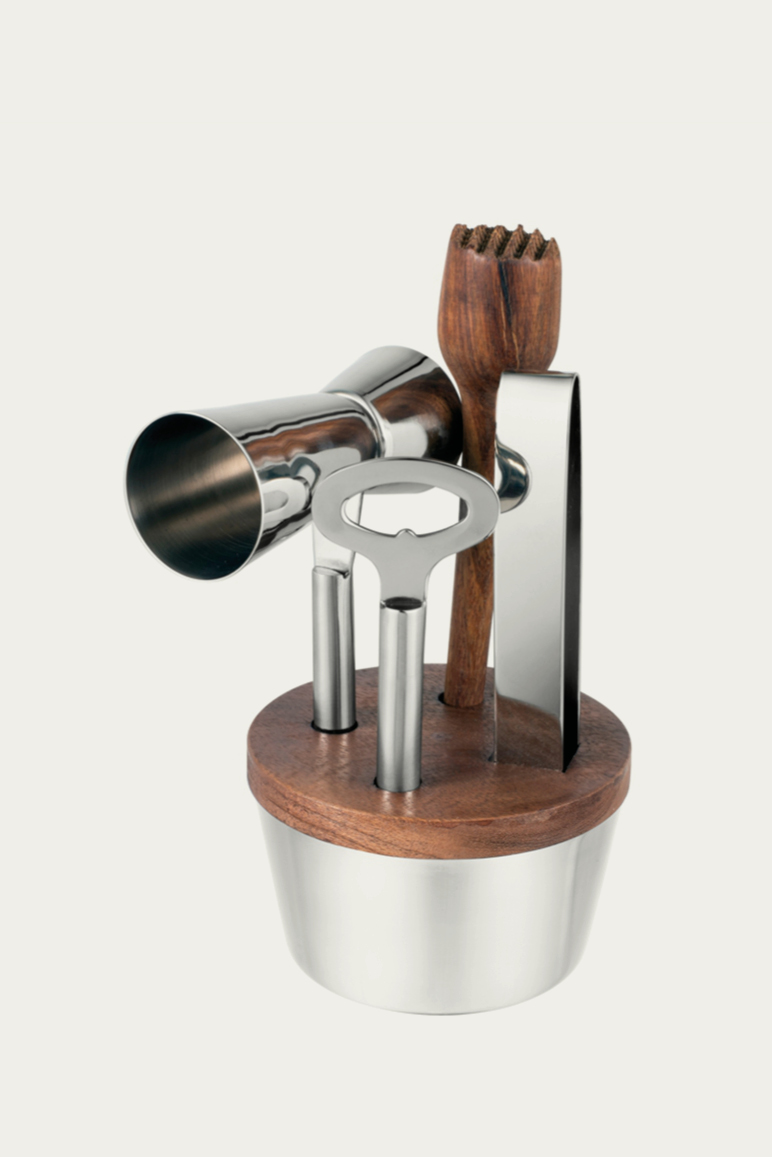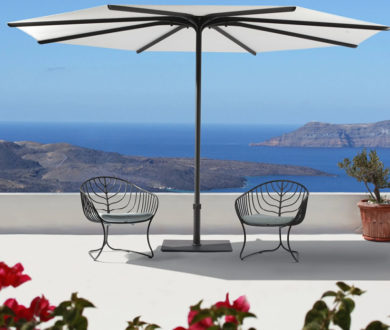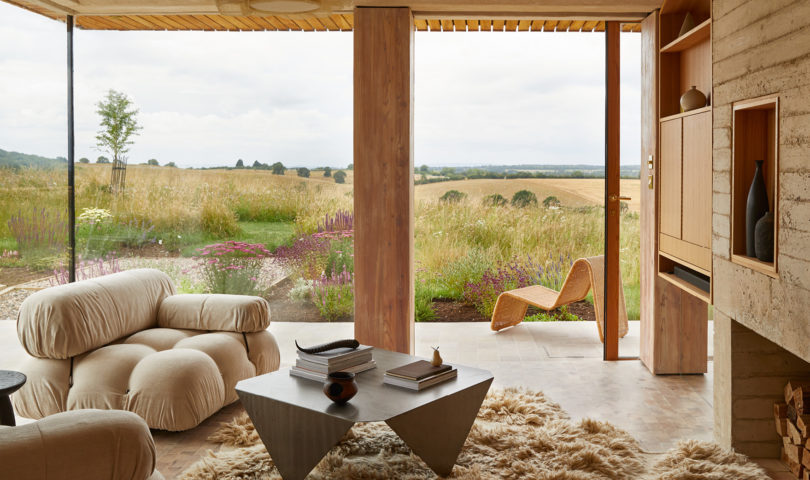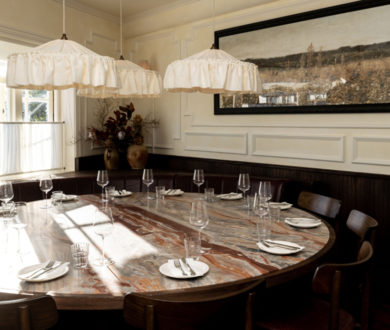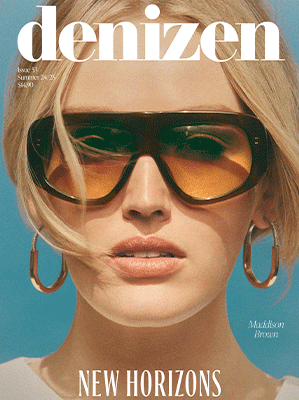Known for her work which manipulates light, form, and shadow, Kāryn Taylor has a unique ability to draw the viewer in, challenging perception and inspiring introspection as she investigates metaphysics, regarding the existence and nature of things, and quantum physics, the behaviour of matter and energy. This June, the respected artist has an exhibition at Sanderson Contemporary entitled ‘Visual Linguistics‘ — continuing the evolution of her self-illuminating lightboxes, as she further pushes the limitations of the material which has become synonymous with her work.
Here, we talk to Taylor ahead of her exhibition, discussing the nuances of her work, the link between illusion and reality, and what we can expect to see in ‘Visual Linguistics’.
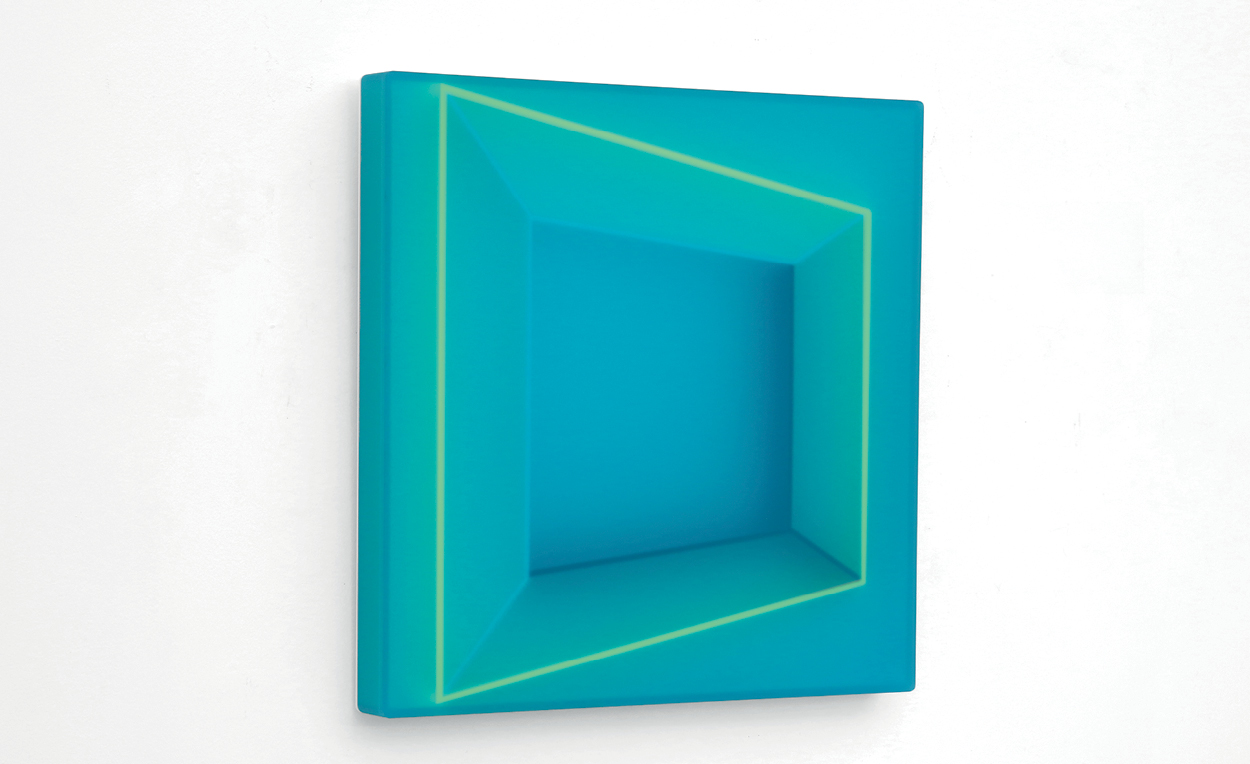
Exclusive Q&A
You are known for your artworks that explore light and space. When did you first start making art in this way?
My first exploration into light and space was a large-scale, immersive work for the Dunedin Fringe Festival in 2008. It was a series of chambers, each with its own frequency relating to the energy systems of the human body. I used the vibration of light, colour and sound to achieve this. Later, I studied for my Masters at Elam where I experimented with sculptural light and line works. My self-illuminating lightboxes came out of being asked to submit a work for Sculpture OnShore in 2014, which had to withstand the elements. As I’d been working with layers of film and paper, I went looking for something more durable to mimic this. I played around with cast acrylic and discovered how to make a glow effect which I immediately ran with. I could visualise the final work in a matter of moments leading to a year-long process of perfecting the concept, which continues today.
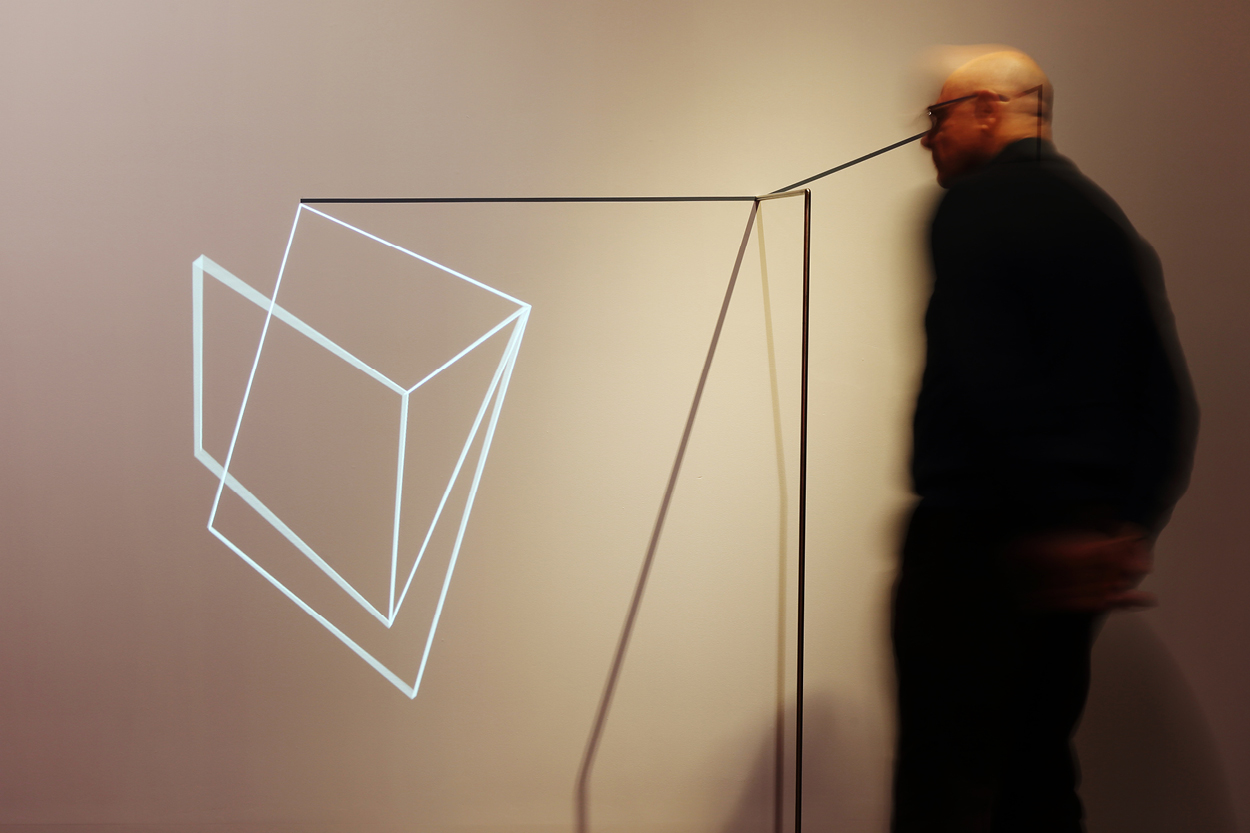
You studied Graphic Design in California before going on to study Fine Arts in New Zealand. Did this impact your approach to art?
As a graphic designer, I had to continually come up with new designs within strict parameters, and always tried to excel at coming up with something unique and different from what was already out there. This has probably impacted my art making as I always try to create works that are unique and haven’t been seen before.
You recently exhibited your first large-scale public exhibition at the Suter Art Gallery Te Aratoi o Whakatū in Nelson, which was hugely successful. What did you learn from this experience? And what did you enjoy?
This was an exciting project as I was exploring new territory such as free standing sculptures and the physical modification of the space. I was working at a much larger scale than I had previously. I loved the whole process as I quite like being on the edge of new things and figuring out how to bring them to life. I learnt a lot about working with multiple fabricators to create new works using new materials. I also learnt how creating a total environment at a large scale requires a lot of intense visualisation as there is no real way to test the full concept at scale. Seeing it come to life was a pivotal moment in my career.
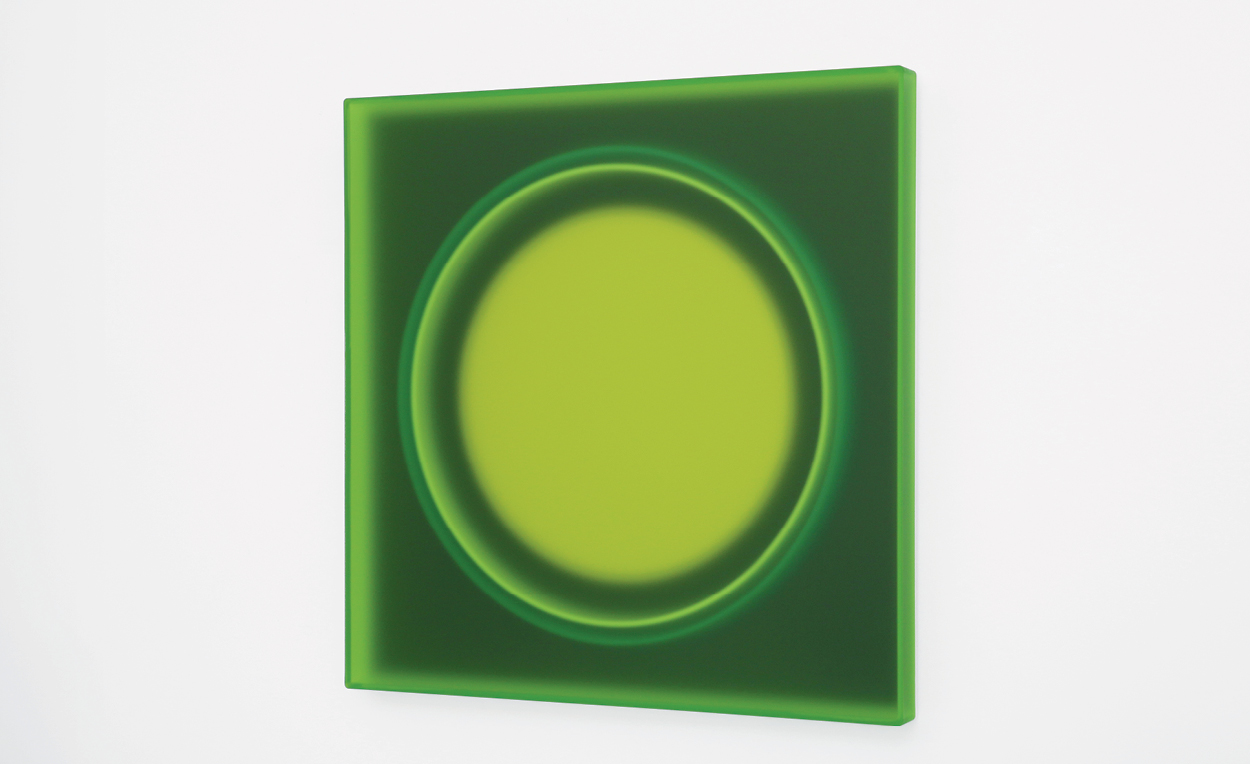
Your artwork explores metaphysics and quantum physics. Can you explain this a bit more?
Metaphysics is the study of existence and the nature of things, while quantum physics is the study of the behaviour of matter and energy. The interesting thing is they both bump up against this idea that consciousness creates reality; that the observer and the observed are somehow connected. My work explores this by often including something that doesn’t perceptually or physically make sense, it requires the viewer to question what they are looking at – what is real and what is an illusion.
What are your future career goals?
I have always envisioned my work in public galleries, not just here in New Zealand but also overseas, so I am always looking to create a trajectory in that direction. I see large-scale installations and free-standing sculptures being a focus, alongside my projection works. I have this insatiable desire to bring my practice out into the world.
Tell us one thing about yourself that people wouldn’t know
I have danced Argentine tango for over 20 years and I spent a number of years teaching it too!
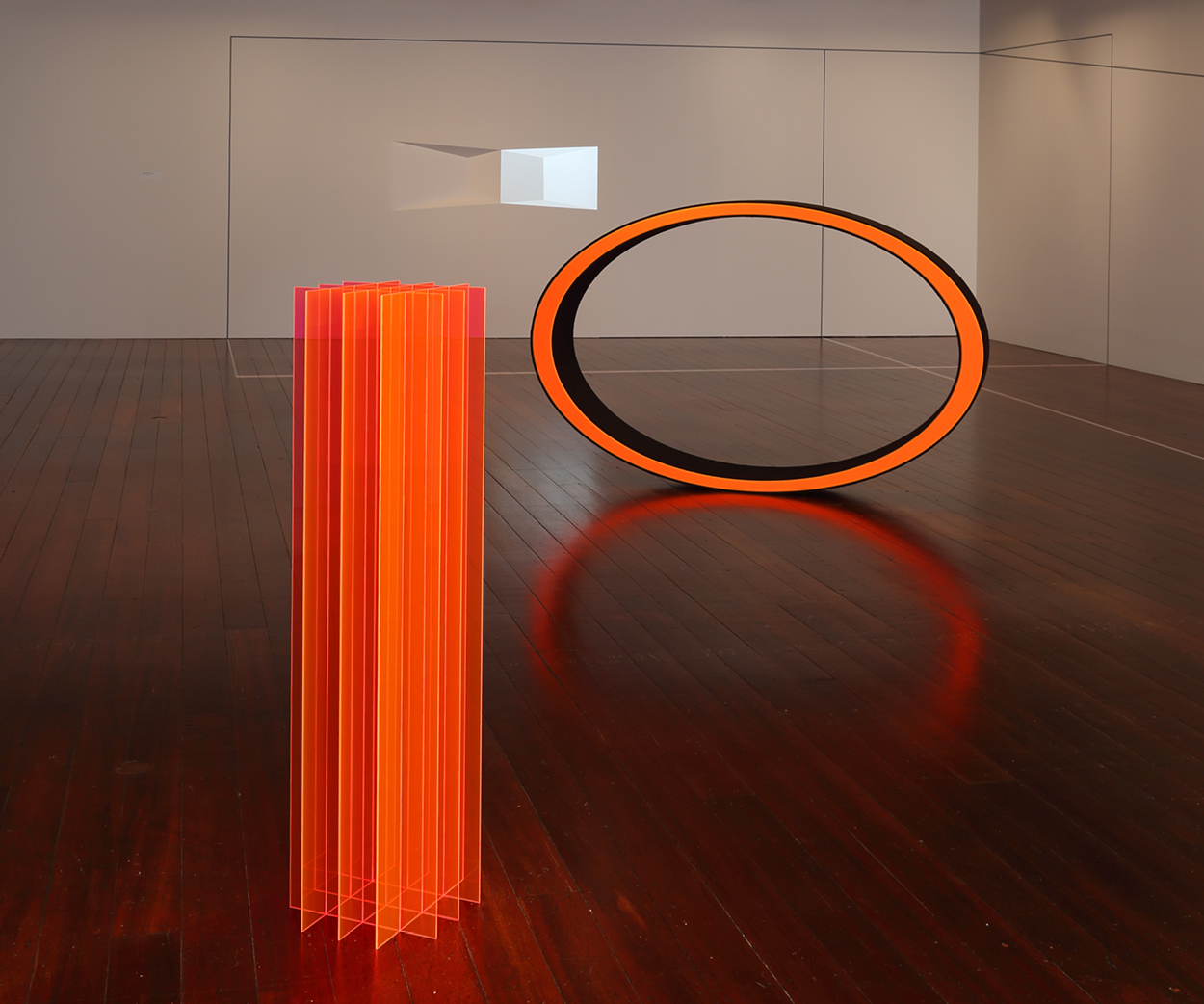
You have an exhibition coming up at Sanderson in June. What can we expect to see in the exhibition?
The continuing evolution of my self-illuminating lightboxes — I am always trying to see how far I can push the limitations of this material. There will be works that have more shadow-based lines that speak to traditional drawing. There will also be some new colour combinations and more complex imagery, alongside my known minimalist aesthetic.
Kāryn Taylor’s exhibition ‘Visual Linguistics’ is on at Sanderson Contemporary from the 12th June until the 7th of July 2024.

